1
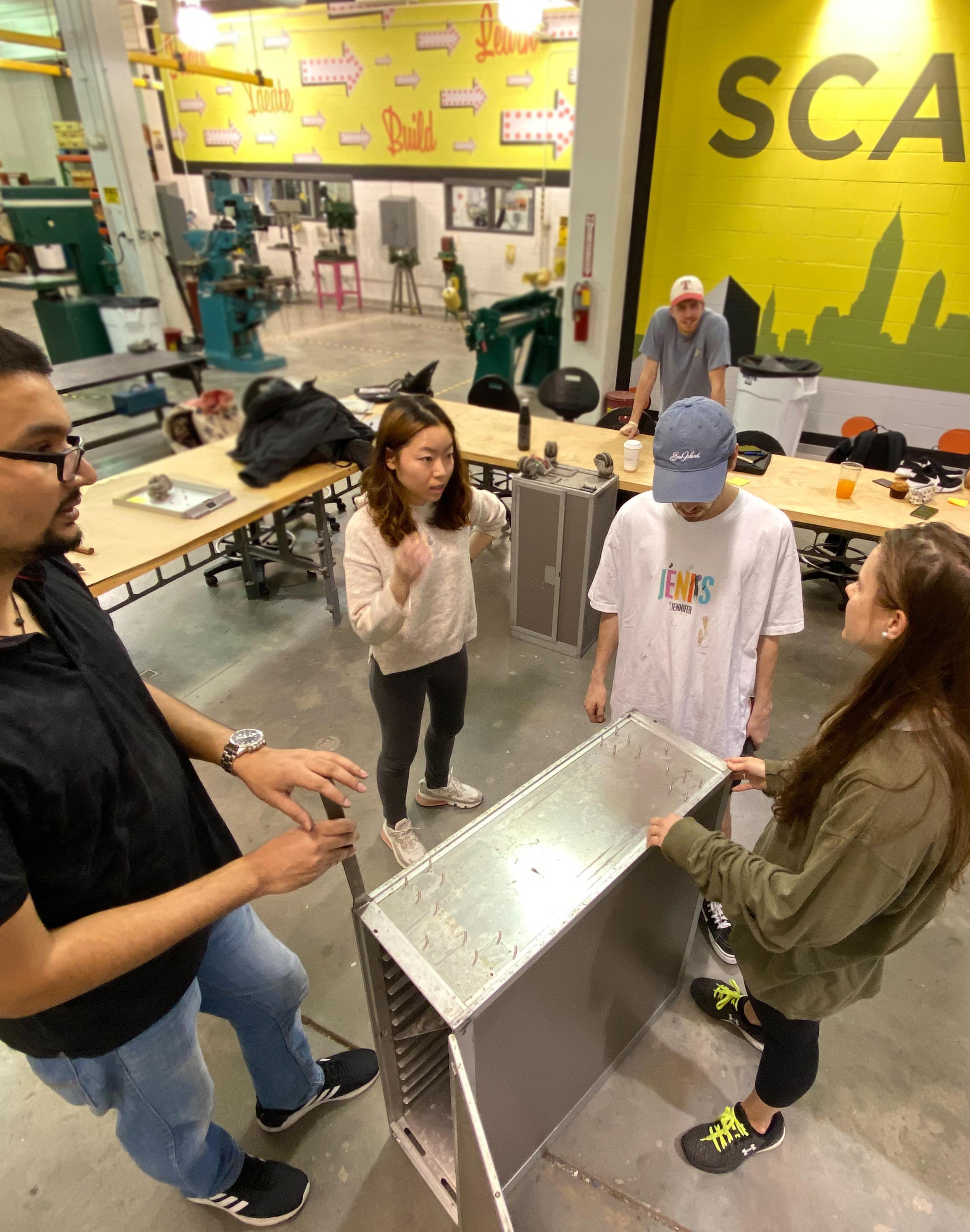
3 The Flight Boarding The Crew Take Off Inbound Collaborative Layover Final Destination Thank you Appendix 05 07 08 19 33 77 83 109 111 CONTENTS
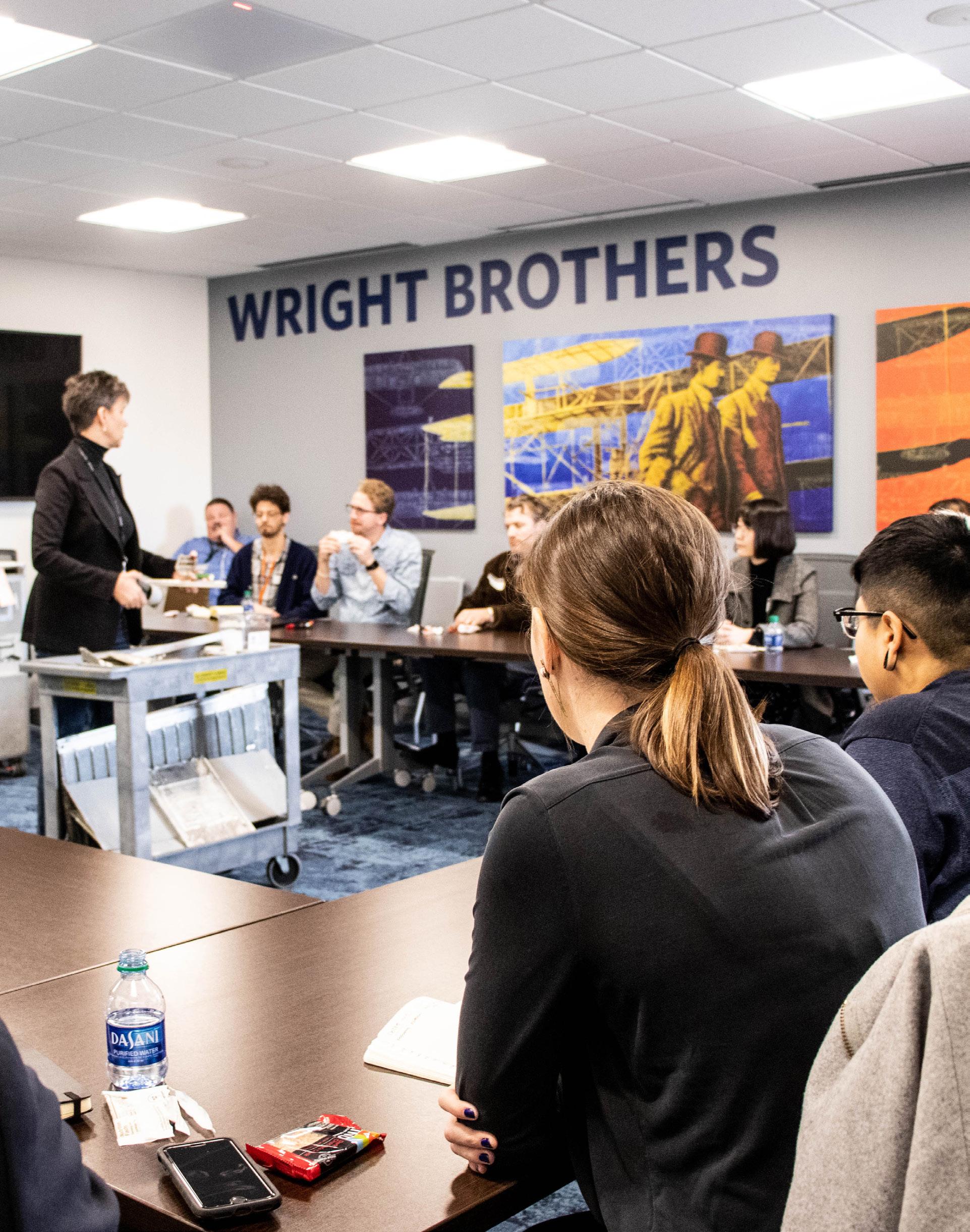
THE FLIGHT
Every year, SCADPro generates more than 50 discrete industry-sponsored projects across 40 disciplines, pairing innovative companies with the brightest creative students, alumni, and professors. As a prominent design studio, SCADPro researches, develops, and also delivers professional results from the designers, thinkers, and influencers of tomorrow. In the first ten weeks of 2020, SCADPro Atlanta collaborated with Delta Airlines to design a more sustainable future by designing strategies to offer Delta’s surplus of obsolete and unused beverage carts a second life.
5
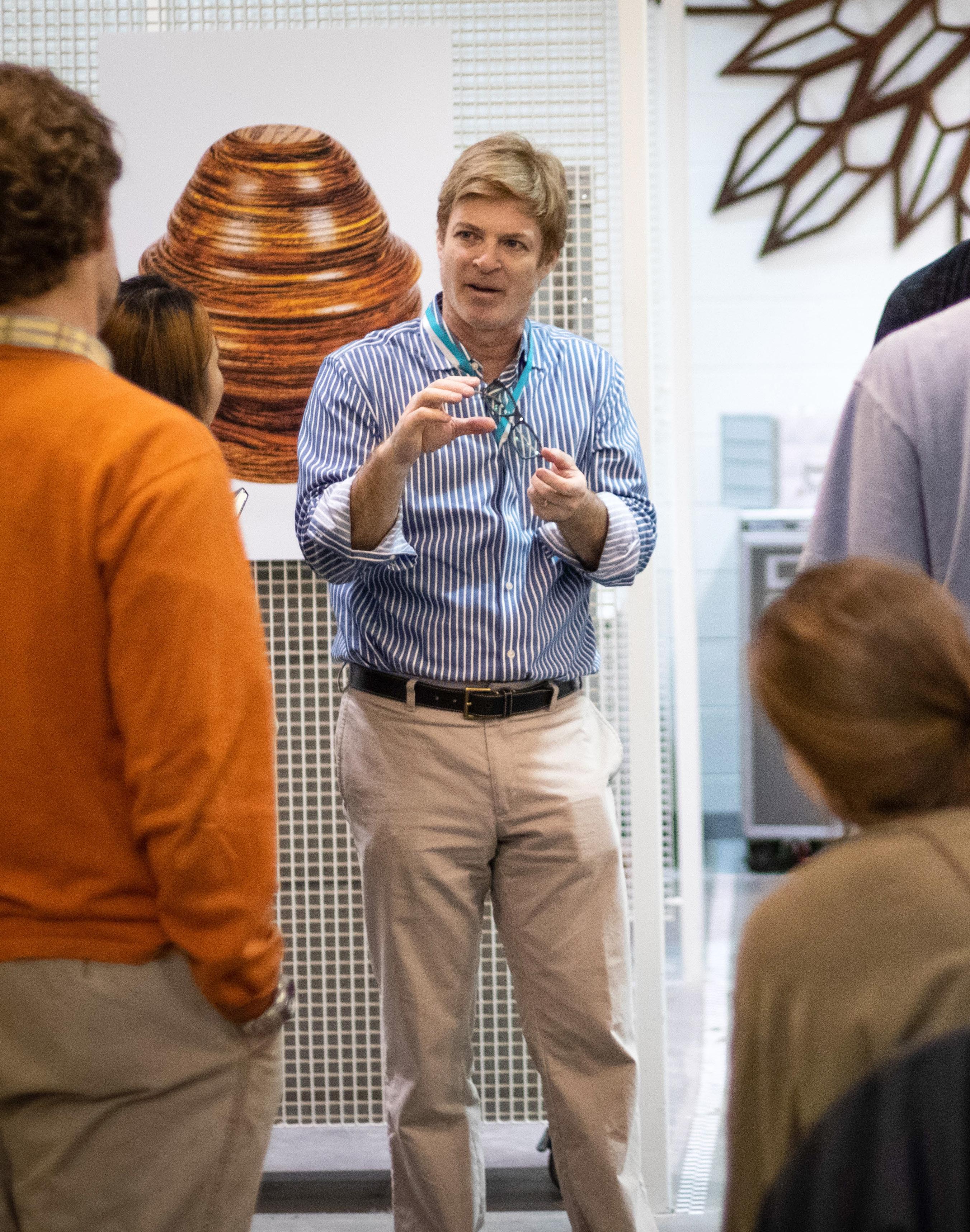
BOARDING
After an in depth understanding of the challenge presented to us, we developed our essential question.
7
How might we use beverage carts to help Delta connect communities and move people to build a more sustainable future?


THE CREW
Chris Rothermel

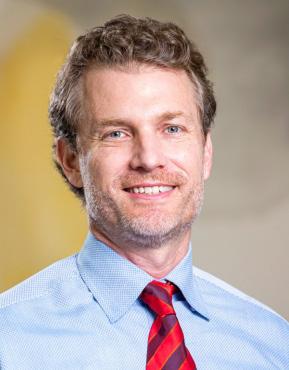
ACA House, Atlanta Professor Sculpture
Eduardo Milrud
ACA House, Atlanta Professor of Industrial Design Design & Studio Director
10
Hagar Baruch Hanna Allen
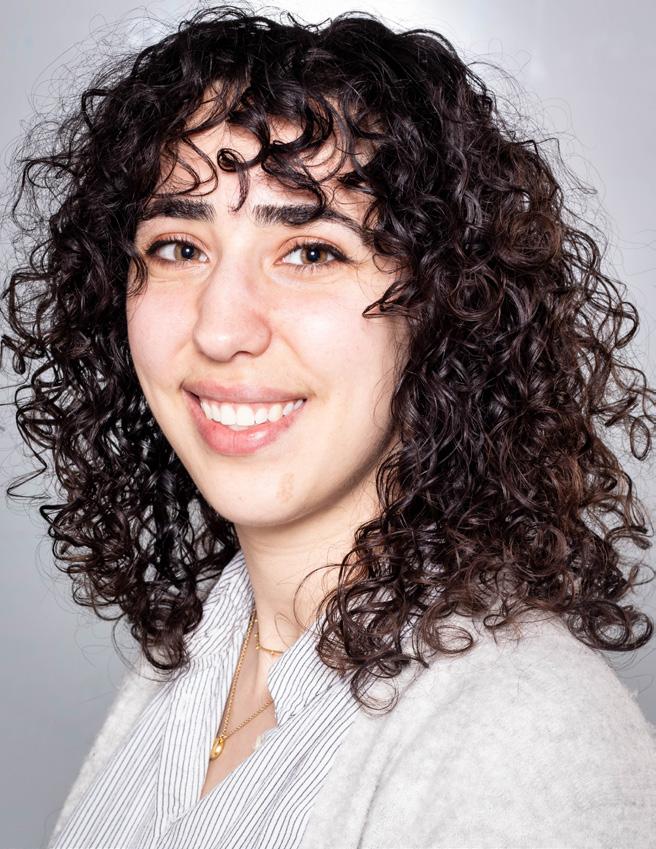
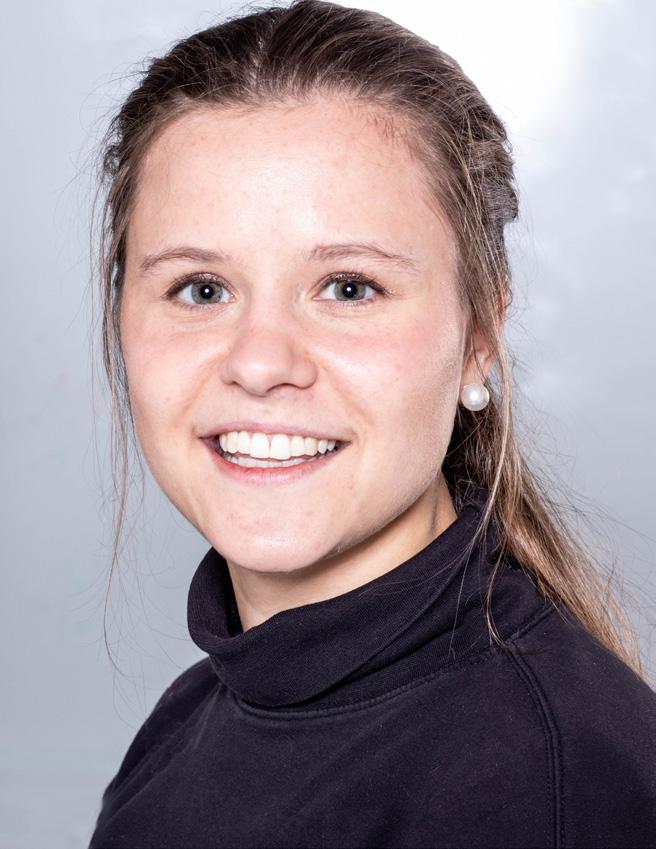
Johns Creek, Georgia B.F.A. Sculpture
Tel Aviv, Israel B.A. User Experience Design
11
Akash Das Johnny Cohen

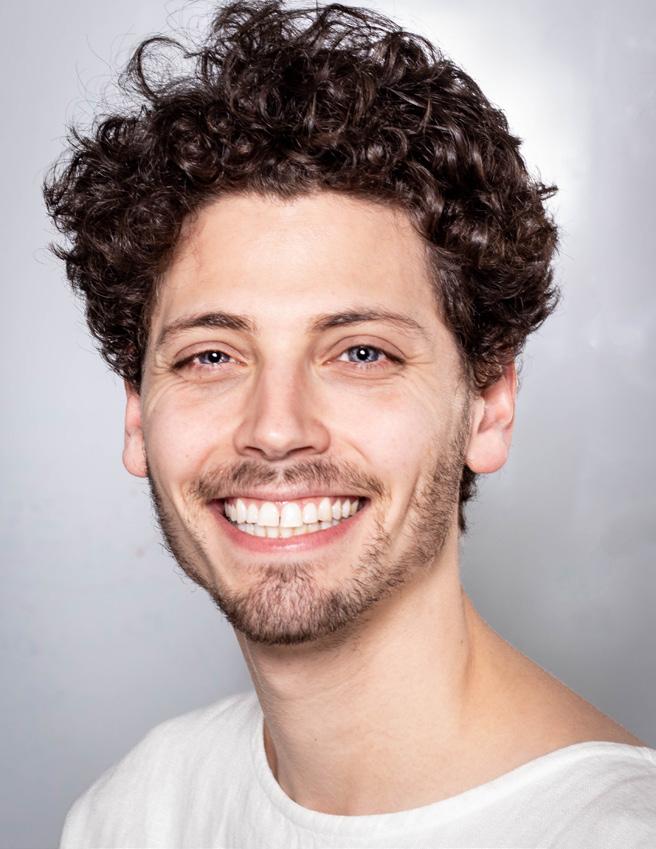
Macon, Georgia M.F.A. Sculpture
Kolkata, India M.F.A.
Photography
12
Ryan Hance Cleveland , Ohio M.F.A Design for Sustainability


13
Sam Hartman
Dallas, Texas M.A. Creative Business Leadership
Lisbeth Lora Najeong Im Santo Domingo, Dominican Republic B.F.A. Advertising & Branded Entertainment

Yeosu, South Korea B.F.A. Graphic Design

14
Sriram Venkatraman Nancy Salazar Bengaluru, India M.F.A. Industrial Design Chicago, Illinois B.F.A. Sculpture


15
Kaiserslautern, Germany B.F.A Industrial Design
Gabby Wyke

Diego Martin, Trinidad and Tobago B.F.A. Photography

16
Sebastian Wernli
Qingyun Zhang
Xi'an, China
M.A. Graphic Design & Visual Experience
Zhaoyu Zhang


Beijing, China
M.A. Graphic Design & Visual Experience
17
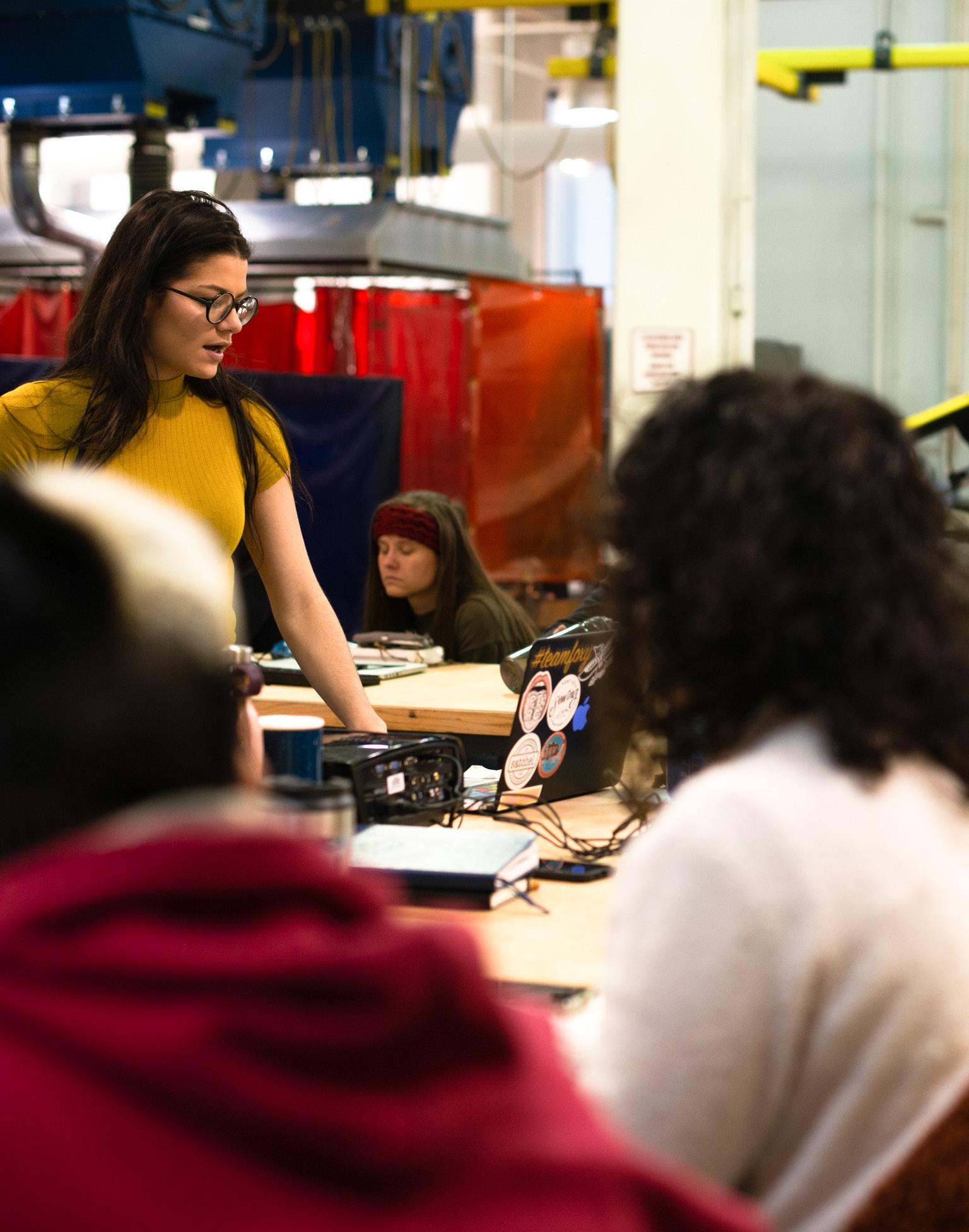
TAKE OFF
Through human-centered iterative design, our crew sought to develop creative strategies.Our design research process included understanding the context of our project, exploring concepts that we developed, and framing insights from the rest of this process.
19




20
UNDERSTANDING CONTEXT

To betterunderstand the context of our strategies, we began material studies, primary research, and the secondary research. Material studies explore the current design and product limitations of the carts. Primary research includes field studies, surveys, interviews, and observations. Secondary research uses already existing data found in publications that, with primary research, is used to build our understanding of the design space we are developing concepts in. As designers, we wanted to first understand the physical details and limits of our new toys. We dissected the carts and
carriers from top to bottom. We were able to quickly learn what it would take for someone to physically change the carts, piece by piece. We gained insights into what materials exist in these products (steel, aluminum, foam, plastic), which parts are easy to disassemble, and which parts need specialty tools to be removed or changed and what those tools are. Understanding how much of the cartwas actually recyclable without finding a second life became a key insight. Bending, drilling, cutting, and changing shape allowed us to understand the malleability of our possible concepts.
21

Through field studies, our crew began primary research to better understand the first life environments of the carts. Understanding these environments aided us in translating the changes in their existence to a second life. First, we visited the Delta Headquarters and lived a day in the life of a beverage cart. This experience provided a perspective on the day-to-day treatment of the carts, as well as the culture of Delta as a whole. We met with the regional catering manager for Delta at Hartsfield-Jackson International Airport, a veteran flight attendant who trains prospective stewardesses on the cart functions, and members of the on-board services and sustainability teams.
23
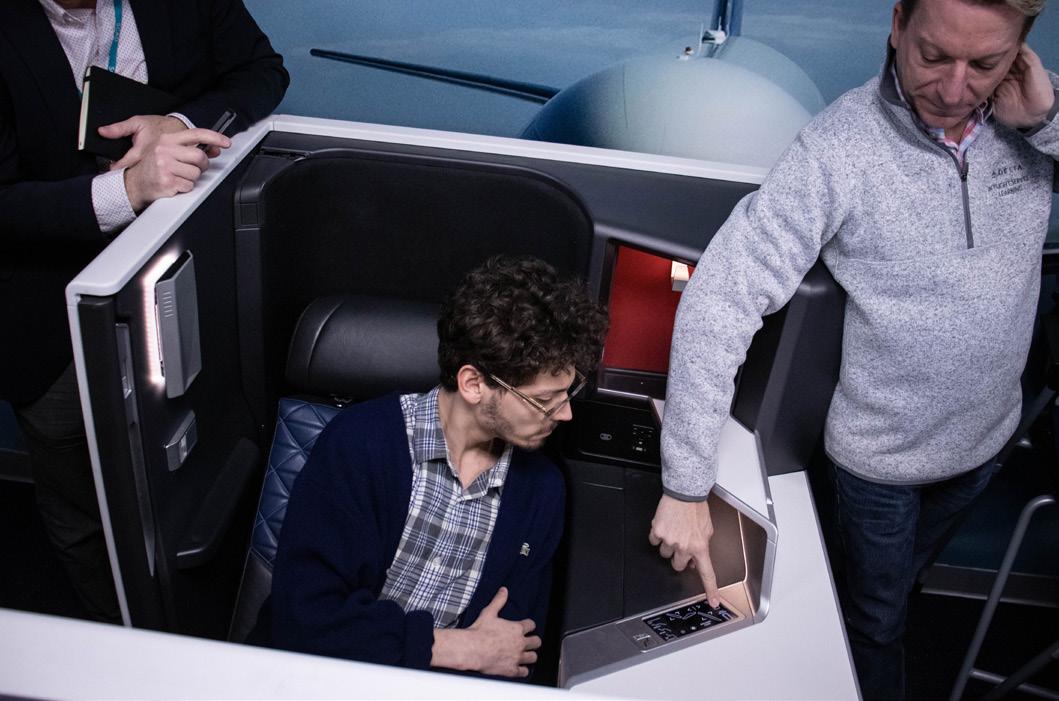

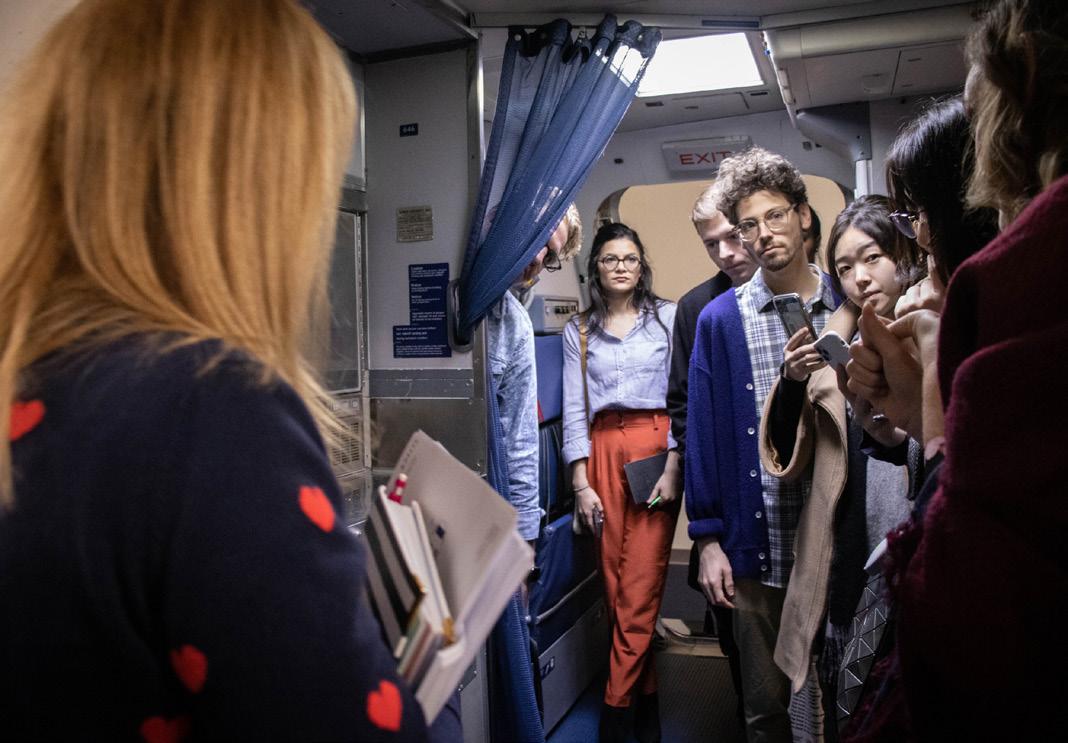
24
Later, team members immersed themselves in sustainability based environments in Atlanta, including LifeCycle and Atlantis Hydroponics. LifeCycle is a local nonprofit participating in “environmental stewardship and community resilience by creating a sustainable lifecycle for the built environment,” and Atlantis Hydroponics is committed to “educating people about environmentally conscious products.” While these companies were educating us, they also directed us on how we could educate others in the context of sustainability. While these companies were educating us, they also directed us on how we could educate others in the context of sustainability.

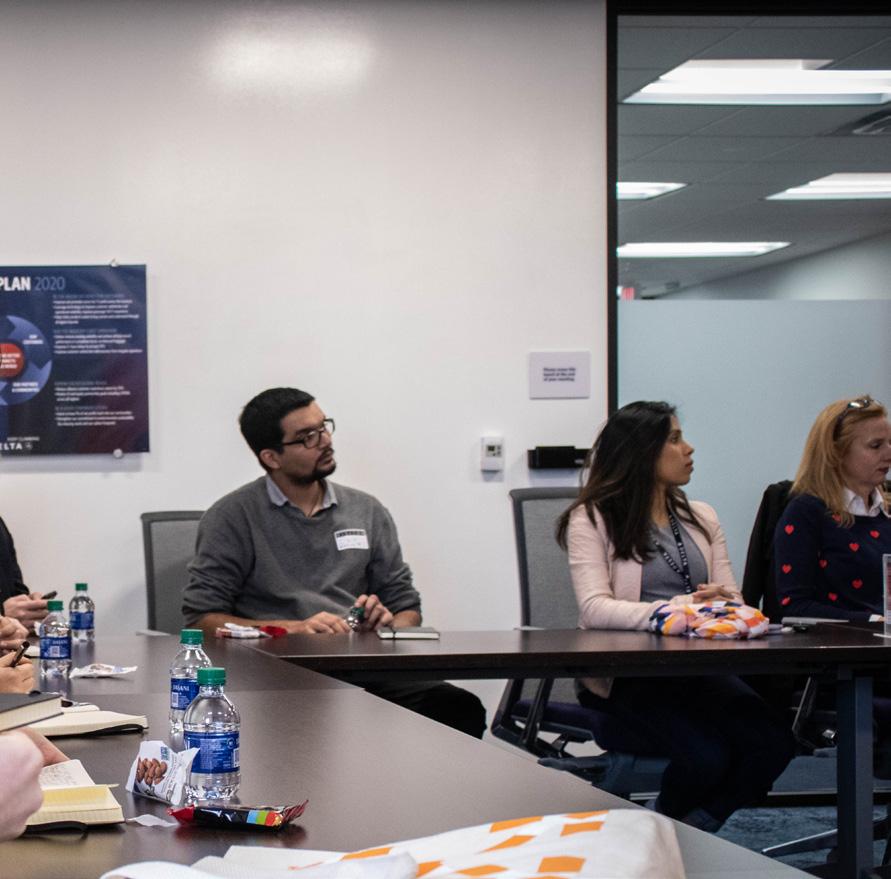

25

Secondary research provided us with preliminary understandings of Delta, sustainability, innovation, and upcycling. Understanding the current values, vision, mission, initiatives, and identity of Delta gave us the foundation and direction we


needed to dive into a more extensive research process. Through this research, we understood the innovative context in which Delta can pave a runway for environmental responsibility in the travel industry.

27
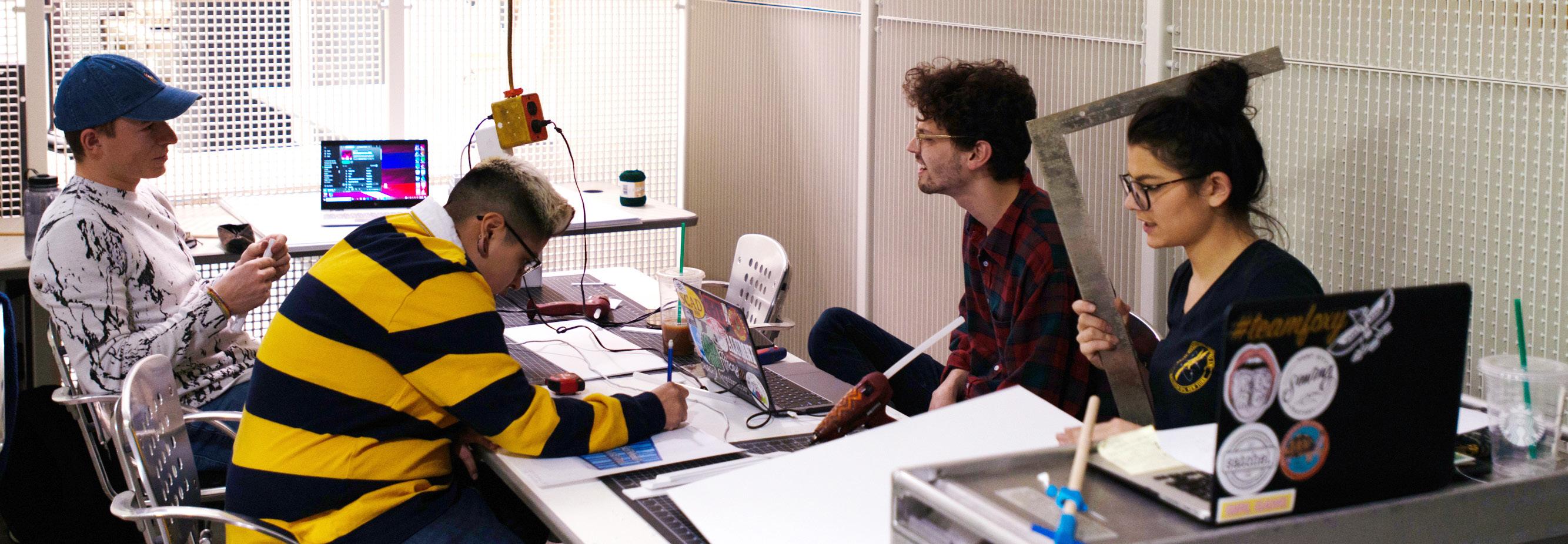


CONCEPT DEVELOPMENT
After understanding the context of our essential question,we were able to begin our ideation process. Using insights from the research, we created a consumer map that helped us understand who these strategies would be affecting. This map can be found in the appendix. The consumer map gave us insight into possible customer personas. These can also be found in the appendix. To accompany these insights, we began writing questions.These questions were in the interest of discovering what we wanted to learn as a
team. What were the teams at Delta asking of us? What were we asking ourselves? Where do we need to explore, and why? We began a series of affinitizations.Taking sticky notes and some black wall space, we started ideating any idea, thought, or question we could think of. After a series of these great experiences,we were able to narrow down nine categories in which most of theselanded. We boiled these nine categories into three design criteria. These three criteria became roadmaps for everything we would do.
29
The design criteria for creating a sustainable second life for the beverage carts and carriers became Human and Community Impact, Environmental Value, and Business and Industry Value. Our first criterion is human and community impact.This includes questions about how a user cangenerate community or trade value from this. Will it have more than just a domestic impact, and is it scalable in a way that can impact the most people that it can? Our second criterion is environmental value. This includes whether the process and

30
FRAMING
INSIGHTS
added parts are sustainable, as well as if it will have a further environmental impact like carbon offset. Our final criterion is business and industry value.This includes how possible this strategy is to implement, whether it is
truly scalable in a sustainable way, and in some cases, whether it is brand oriented
Through these design criteria, we were able to position our strategies and focus our visions.
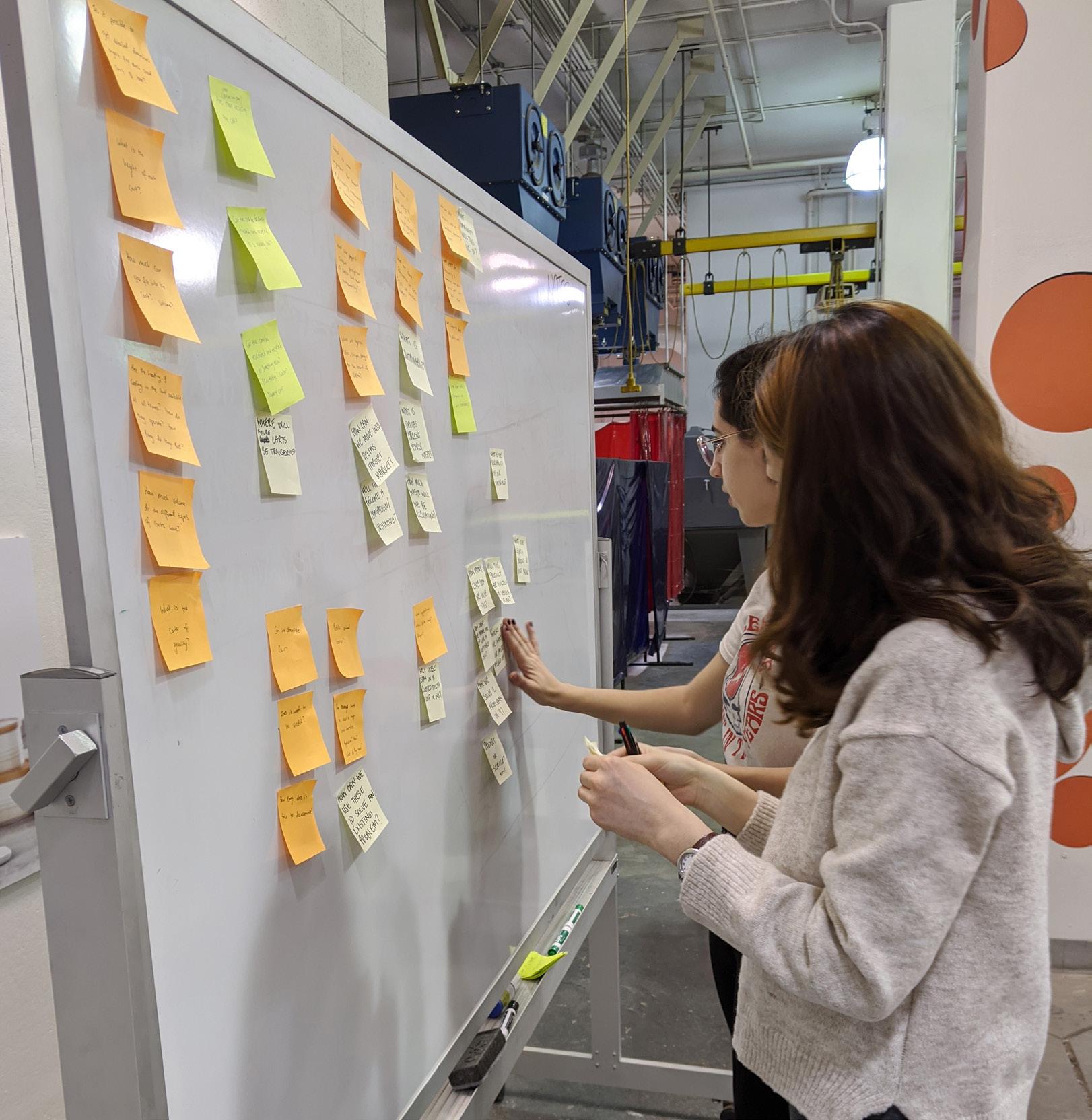
31
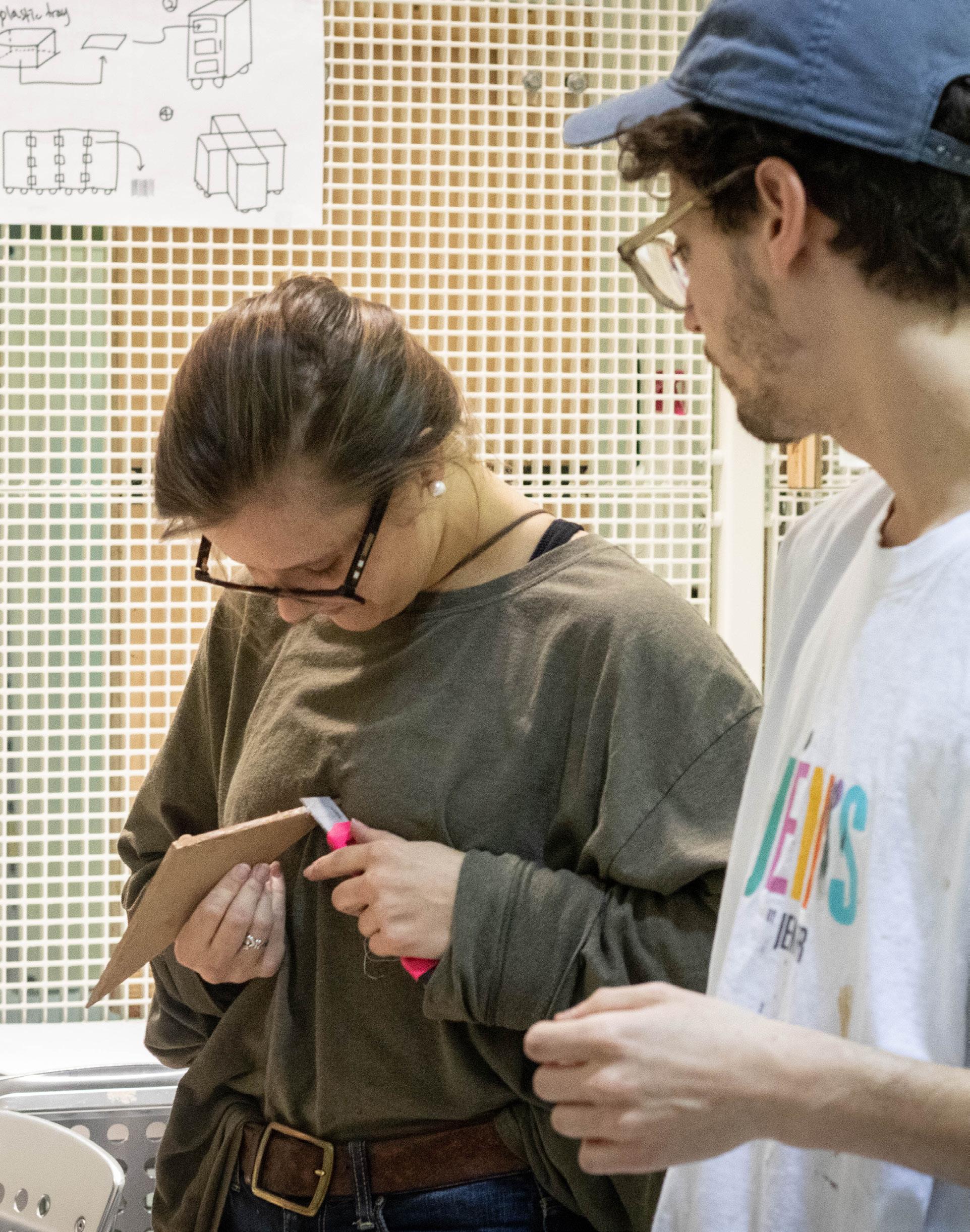
INBOUND
Our design research and process led us to six identified concepts that present possible design strategies for Delta Airlines.
• Hydroponic Garden
• Wind Turbine • Installation • Bookshare • Family Center • APP
33
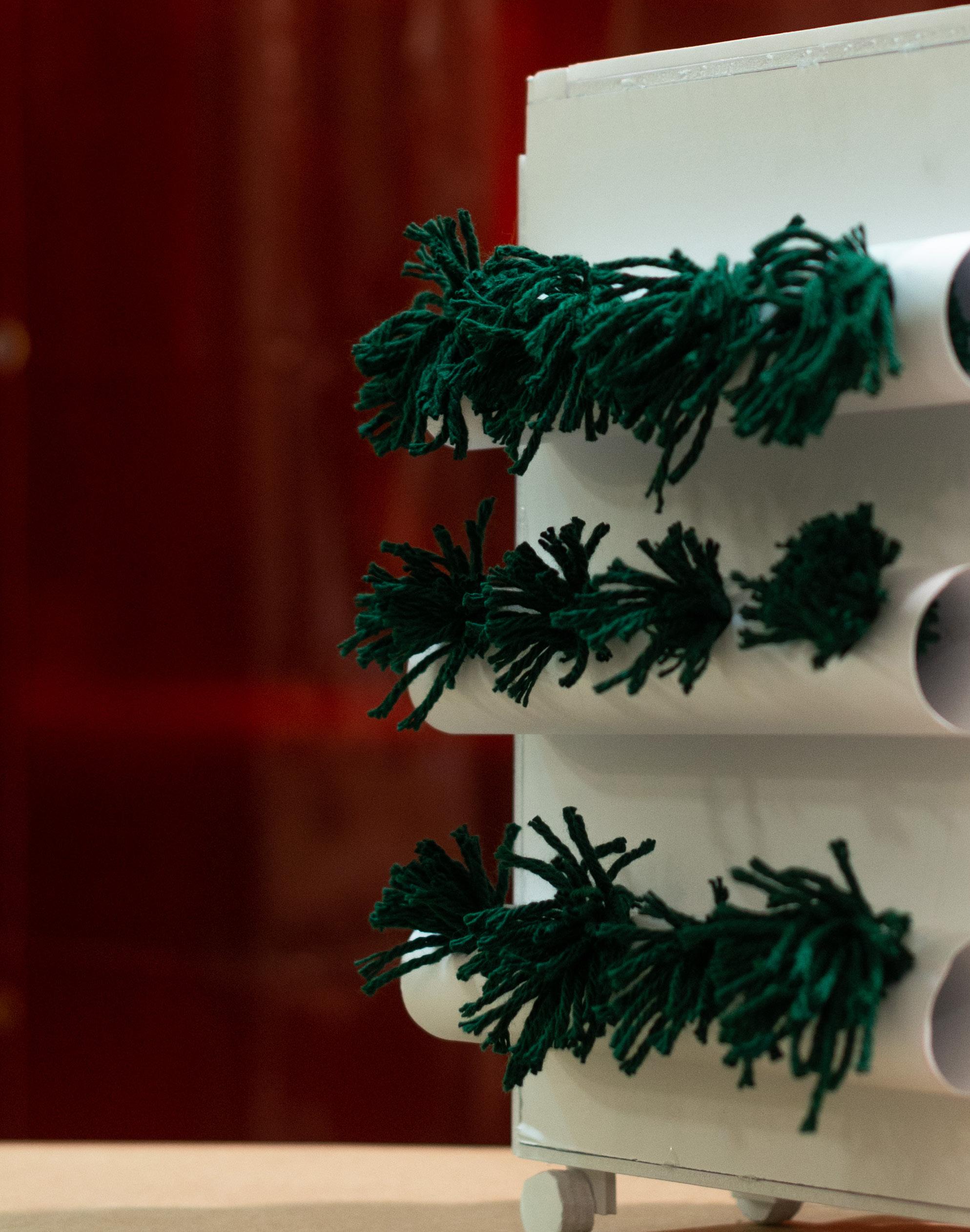

HYDROPONIC GARDEN
HYDROPONIC GARDEN DESIGN CRITERIA
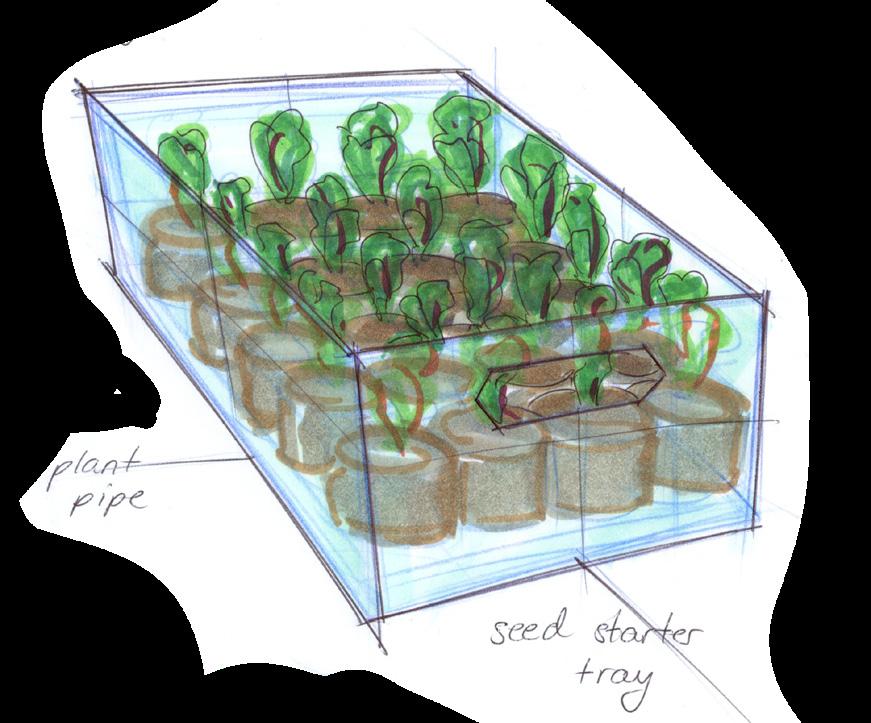
HUMAN IMPACT
Our hydroponic garden strategy has huge implications for communities in underfed areas around the world. The hydroponic garden carts are extremely scalable and are able to produce in almost any environment. Not only would they provide food, but after time, they would even provide opportunity for income.
ENVIRONMENTAL VALUE
Built with sustainable materials,this strategy well not only keep the carts out of landfills, but willkeep the components out of landfills as well. Hydroponics use systems with less soil and water than normal farming, leaving farmland more in tact and water sources available for other necessities. An increase in plants is an increase in carbon offset.
BUSINESS MODEL
These gardens are extremely scalable and can be implemented throughout the world with ease. Partnering with and educating NGOs can bring this strategy to fruition with opportunitytoalsoeducatethecommunities that the NGOs are working with.
36
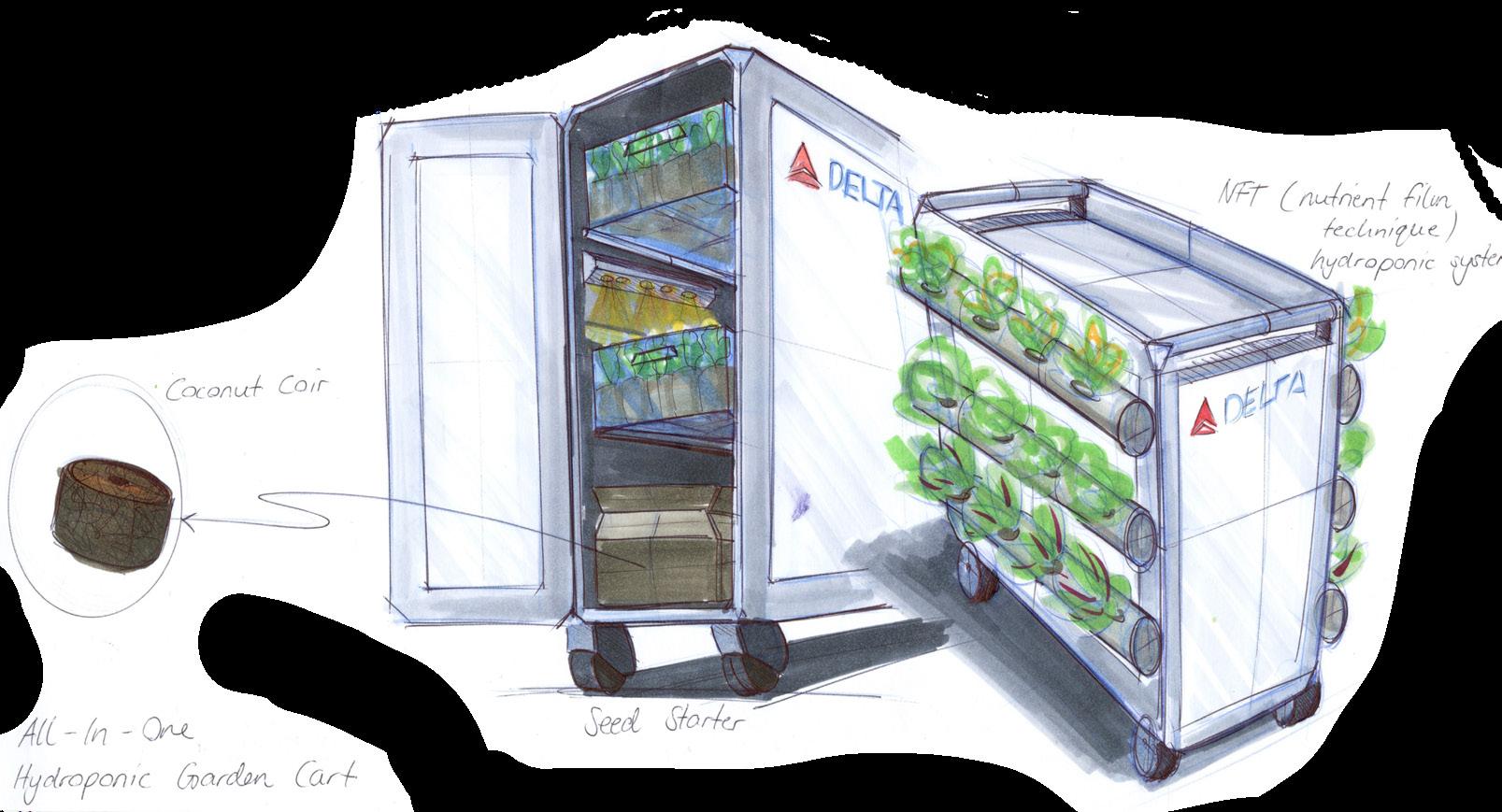

37
MOTIVATION
WHAT
The carts will be structured to host a small hydroponic garden. These will rapidly grow food in a sustainable manner.


WHY
To help reduce carbon footprint in the world, make foodmoreaccessibletothosewhoneed it, and provide educational opportunities.
HOW WHERE
These carts can be implemented at Delta corporate offices and kitchens around the U.S. and the world, as well as placed in communities in need who can be educated on the strategies and uses of hydroponics to grow food more sustainably using less resources and space.
WHO
These carts can be for Delta employees’ meals, Delta on-board services, or in-need communities in food desert areas.
With an education strategy attached, carts can be rolled out to communities, or schools within communities. There can also be the internalteamswithinDeltaimplementing the corporatesustainable food growth systems.
38
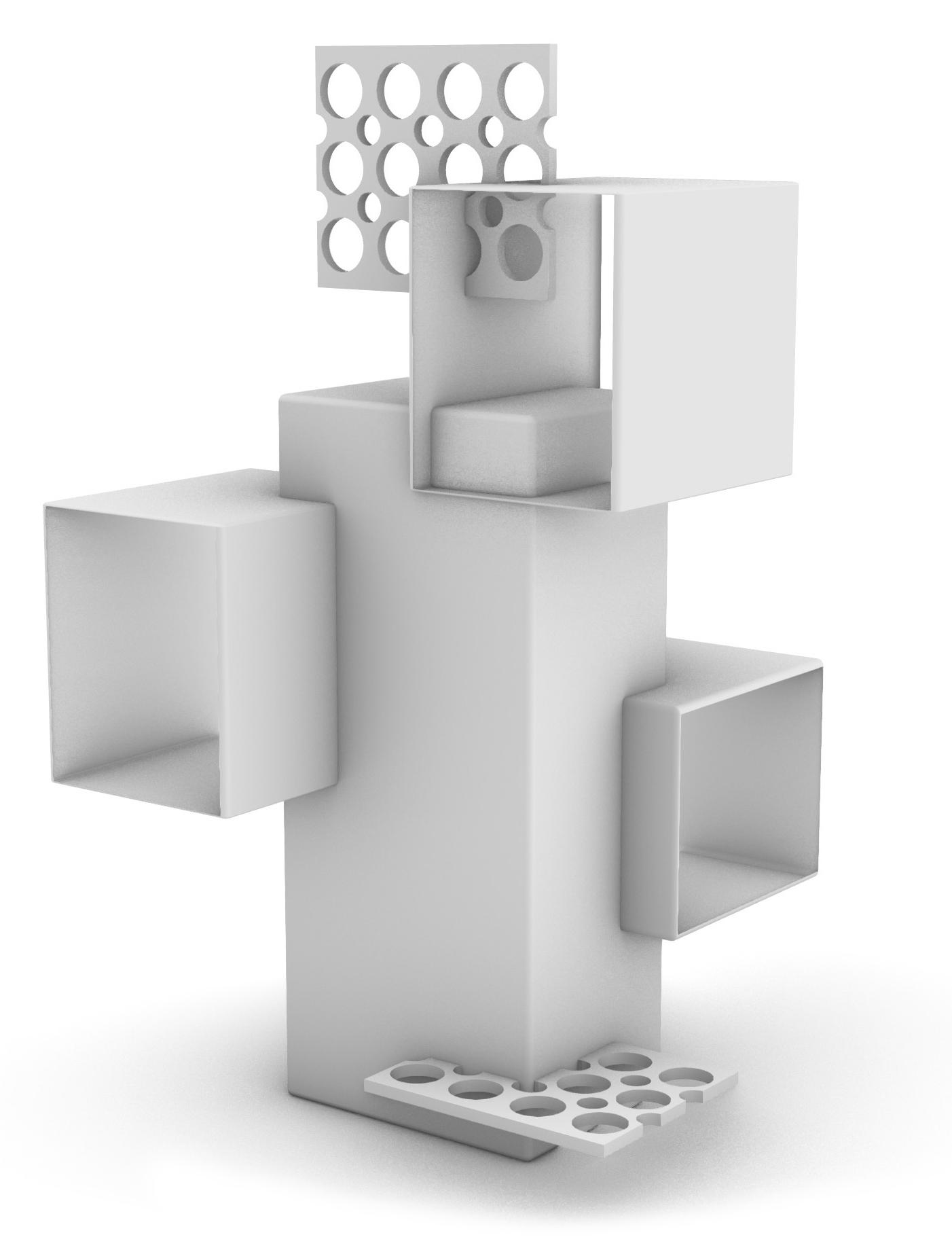
39
HYDROPONIC GARDEN SCULPTURAL RENDER

40
HYDROPONIC GARDEN SCULPTURAL RENDER

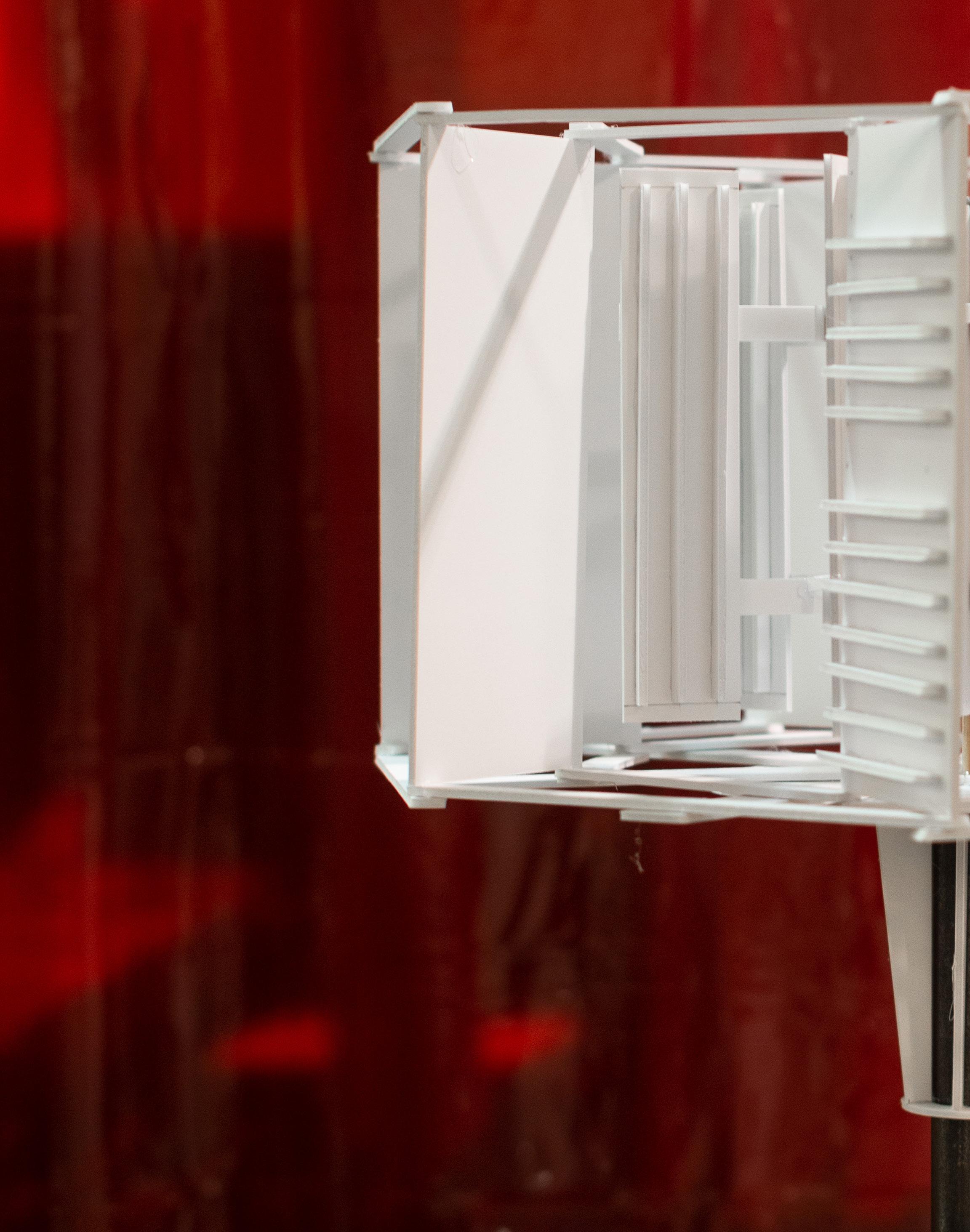

WIND TURBINE
WIND TURBINE

DESIGN CRITERIA
HUMAN IMPACT
Our wind turbine strategy has the huge implications for communities around the world that lack electricity. Turning the carts into wind turbines is scalable and can produce electricity in almost any environment.
ENVIRONMENTAL VALUE
This strategy uses almost all parts of the cart. All that is added is a generator unit to store the electricity. These create carbon offset through using renewable sources of energy instead of many other energy sources that are not sustainable.
BUSINESS MODEL
These turbines are relatively scalable and can be implemented throughout the world. Partnering with and educating NGOs can bring this strategy to fruition with opportunities. and to also educate the community that NGOare working with.
44
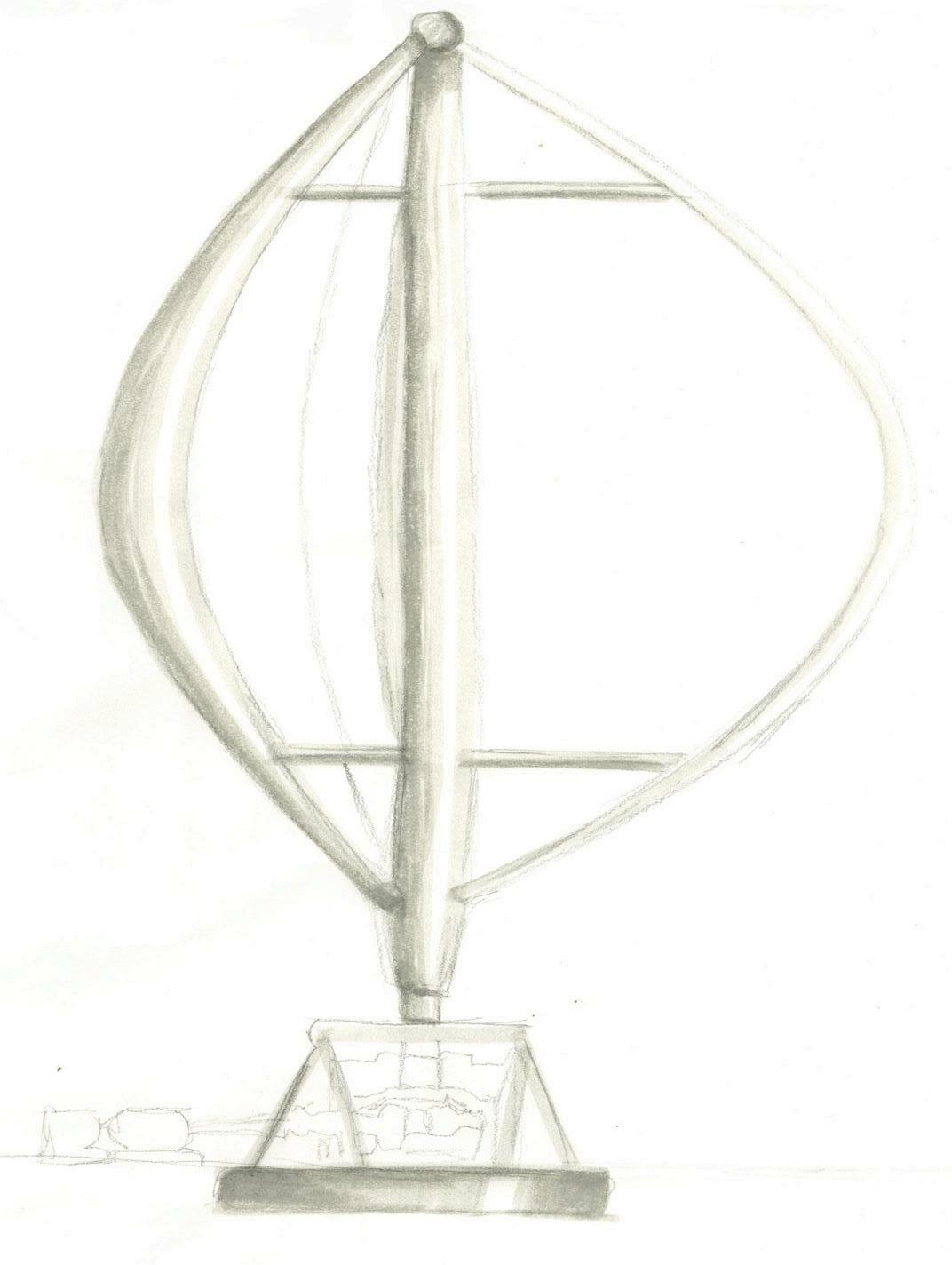
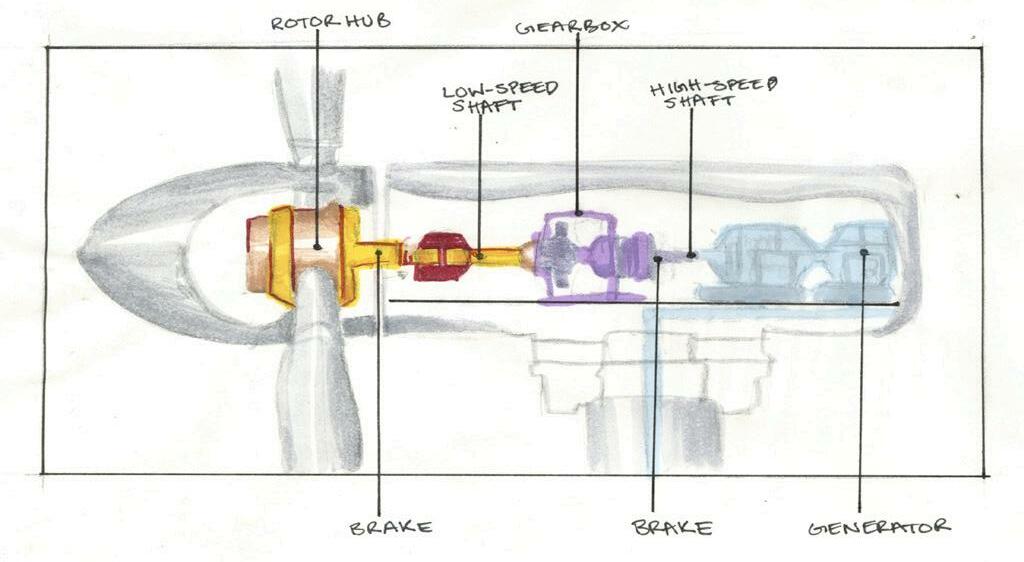
45
WIND TURBINE DIGITAL SKETCH
MOTIVATION
WHAT
These carts will be broken down and restructured into working wind turbine harnessing the power of the wind.
WHY
To help reduce Delta’s carbon footprint in the world along with spreading clean energy past only Delta.
HOW WHERE
The wind turbines can be placed at anywhere in needed as long as it is at an adequate height to catch wind.
With a few business models in mind, the turbine can be patented and passed along or sold.

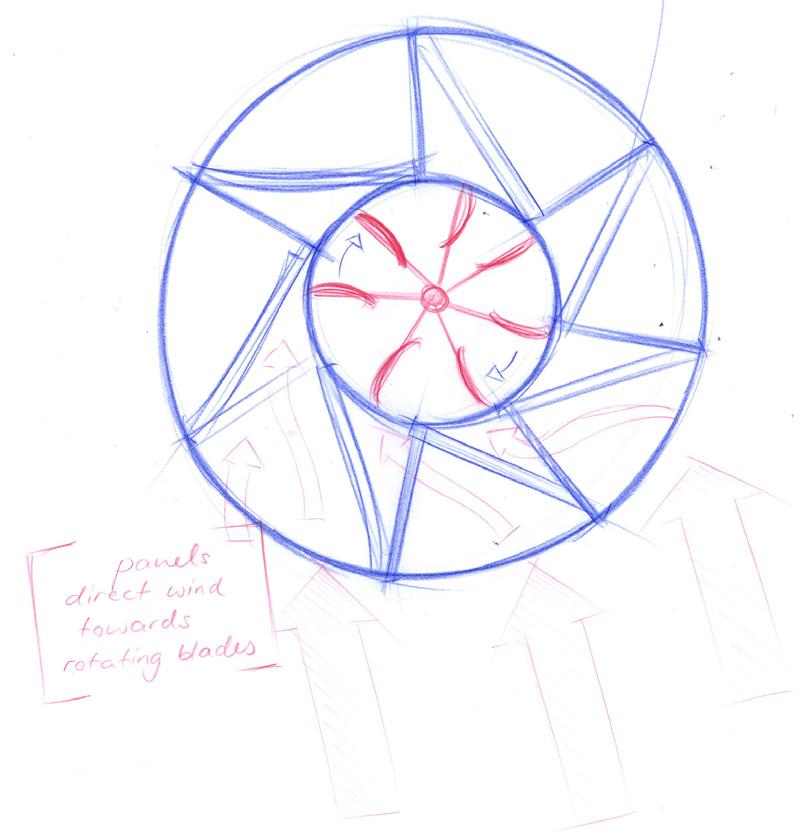
WHO
These wind turbines can be used to power the homes that Delta builds in coalition with Habitat for Humanity. And they could also be used to power the Delta’s Hubs, eliminating any footprint that Delta has on ground. The turbines have the flexibility because of the versatility of the object, we are in need of clean energy everywhere.
46

47
WIND TURBINE DIGITAL SKETCH

48


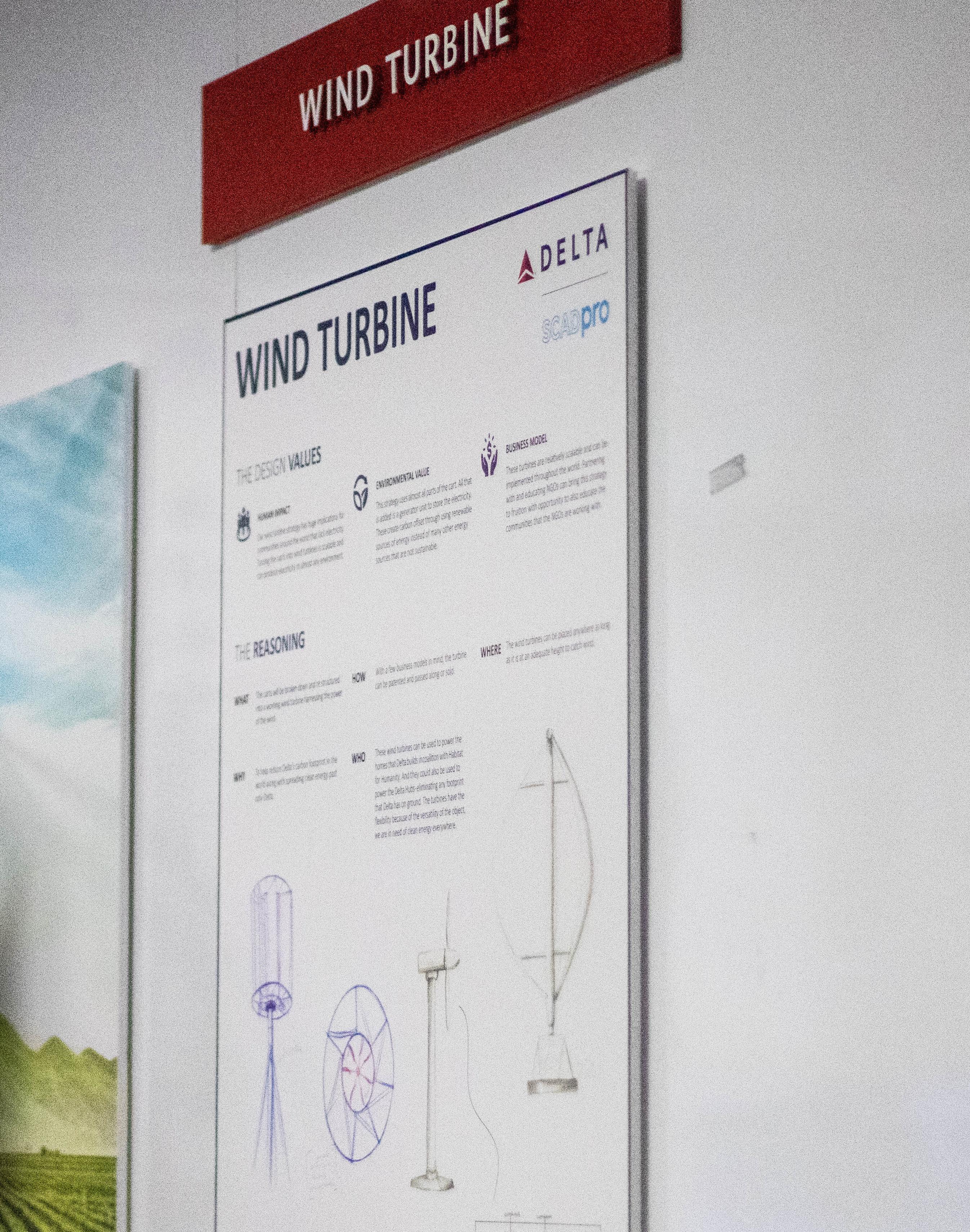


SUSTAINABILITY
DEFINING
DEFINING SUSTAINABILITY
DESIGN CRITERIA
HUMAN IMPACT
The Defining Sustainability installation is structured to create a large impact in the societal understanding of Delta’s aim to be the sustainable flight leader.
ENVIRONMENTAL VALUE
This installation uses all parts from the cart to make an art piece that is tactile and as visually impactful as its affiliated projects are environmentally and socially impactful.
BUSINESS MODEL
This part of our project is a cornerstone for brand impact. Whether our typical Delta users interact with other final products, this will bring forward an awareness of Delta’s aim for sustainable impact.
54

55
MOTIVATION
WHAT
HOW
A sculptural advertisement to launchour sustainability initiative that has been made from the upcycled beverage carts.
WHY
The advertisement will be built & installed at one or more airports and seen by all airport patrons. It will be commissioned through an outside source and then hung. Delta can also create a variety of initiatives or campaigns using this structure of the upcycled plane parts. This sculptural piece is necessary to associate Delta with sustainability and show not only Delta guests but all airline guests and their values.

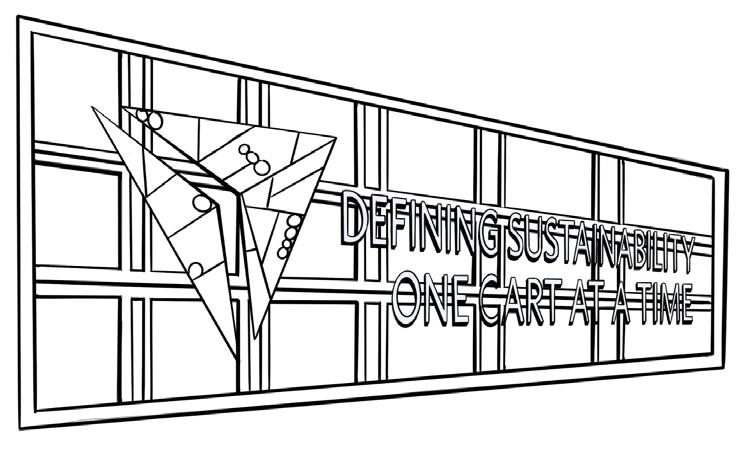
WHERE
The Installation will be at one or more high trafficking airport.
WHO
This sculptural installation is meant for all airport patrons.
56
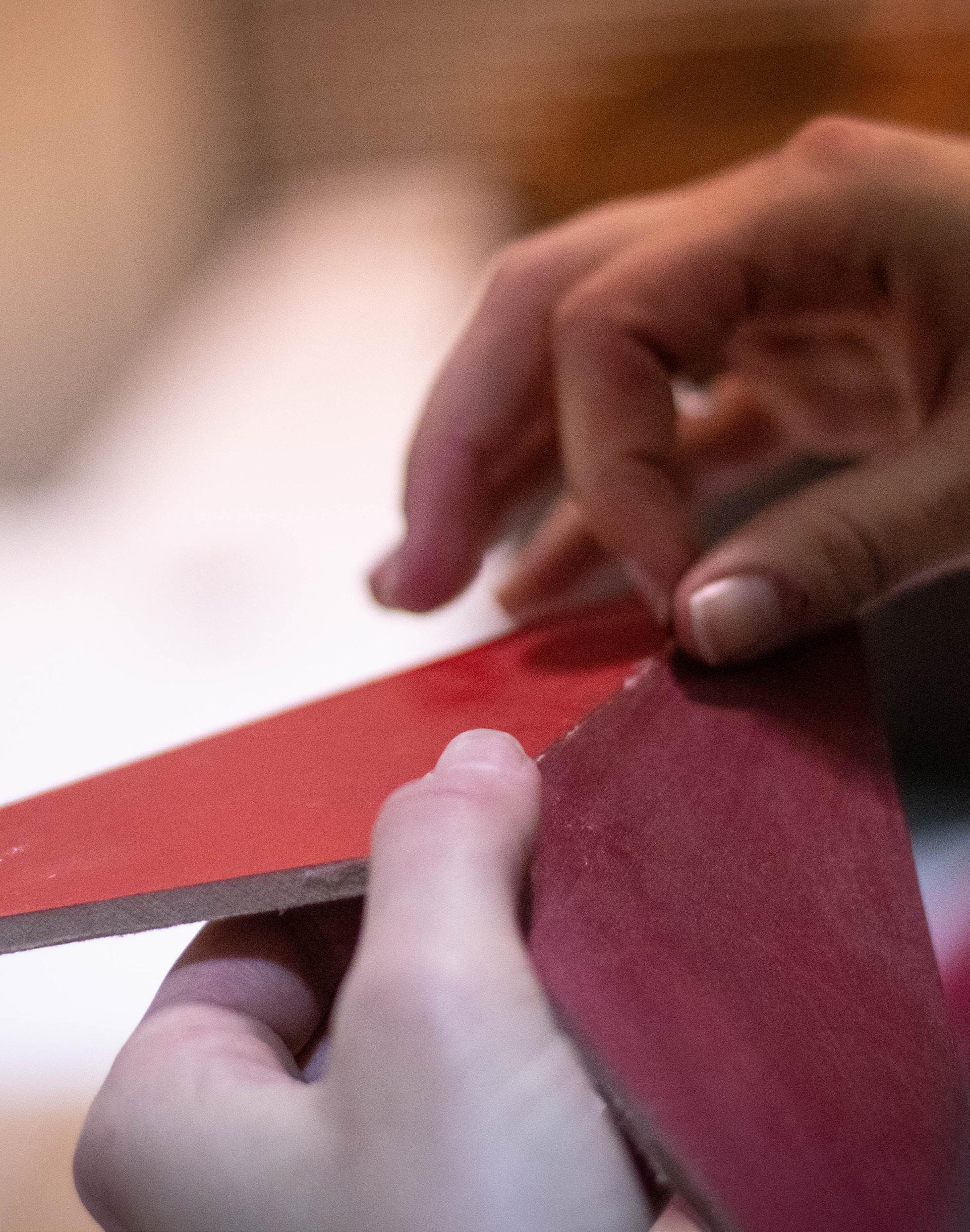


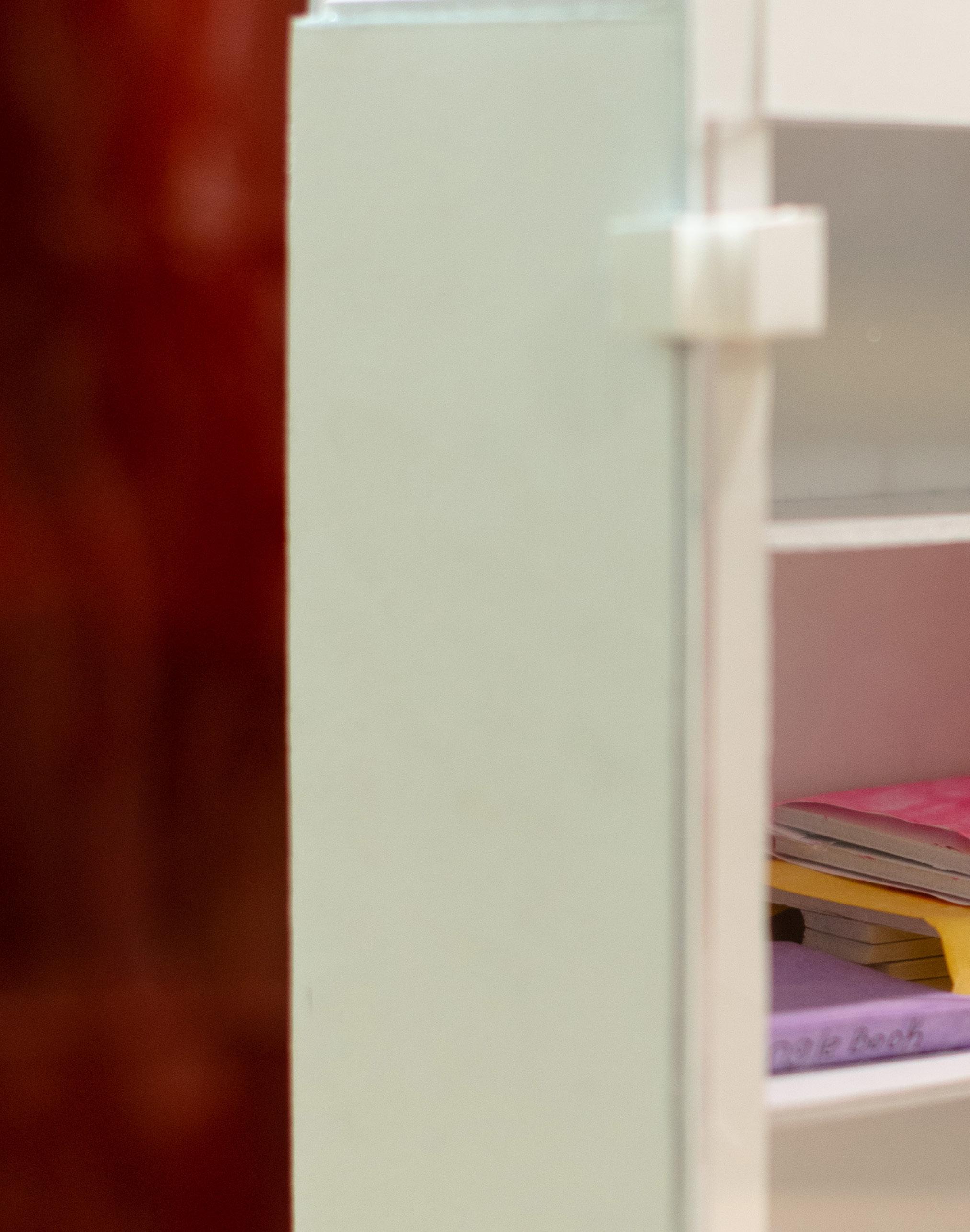
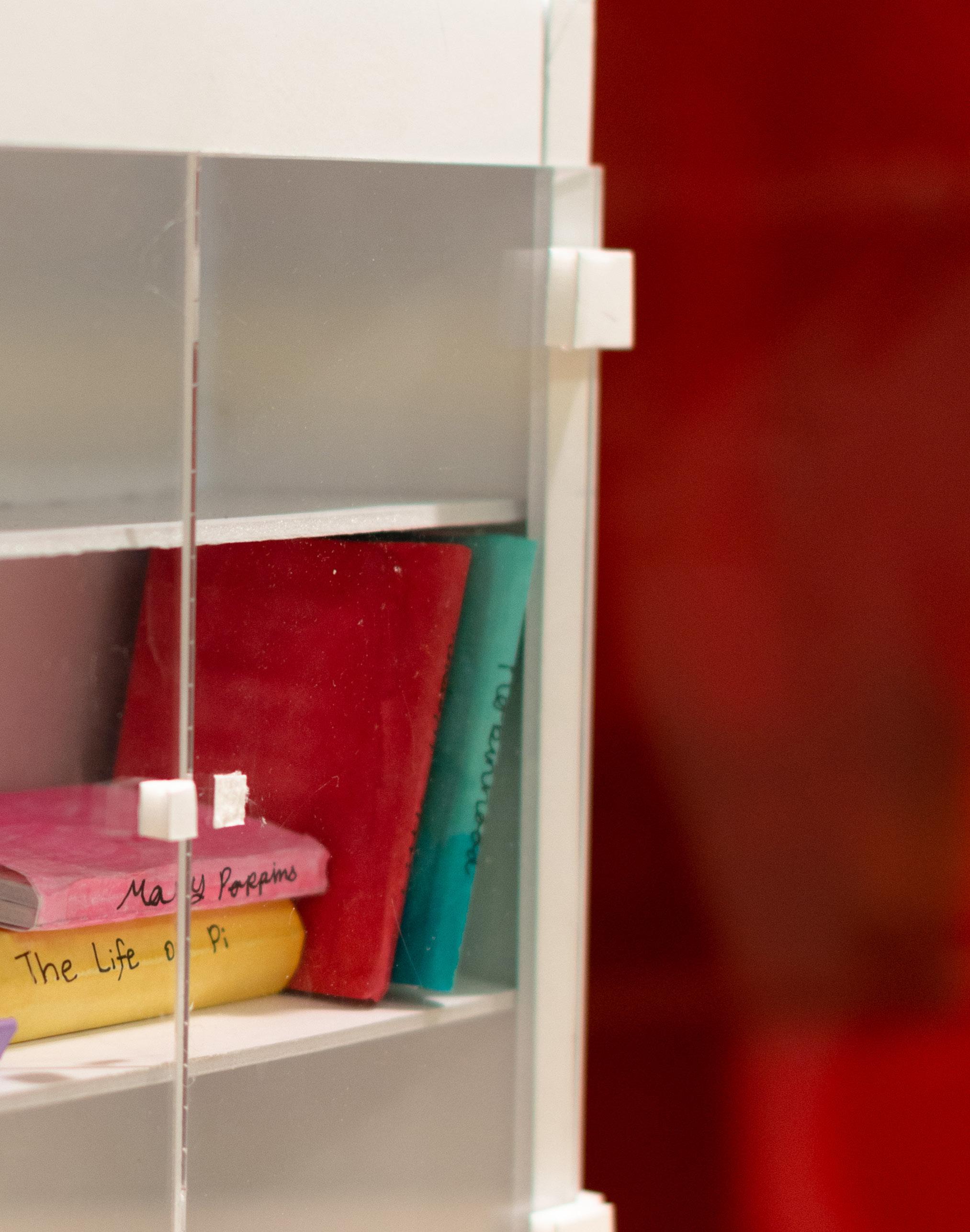
NEIGHBORHOOD BOOKSHARE
NEIGHBORHOOD BOOKSHARE
DESIGN CRITERIA
HUMAN IMPACT
Most communities in need of a tool like a Little Free Library or other book-share system often do not have the funds to purchase, build, and maintain them. This offers Delta an opportunity to connect with underfunded communities and provide a means for implementation of one of Delta’s core values of advancing education around the US.
BUSINESS MODEL
This strategy is extremely scalable and can be a great way for Delta to get into communities that may not impact on a normal basis.
ENVIRONMENTAL VALUE
Our carts as libraries can be built to last much longer than normal wooden libraries would. While they would not only use all parts, they would leave lasting structures that people in need can count on.
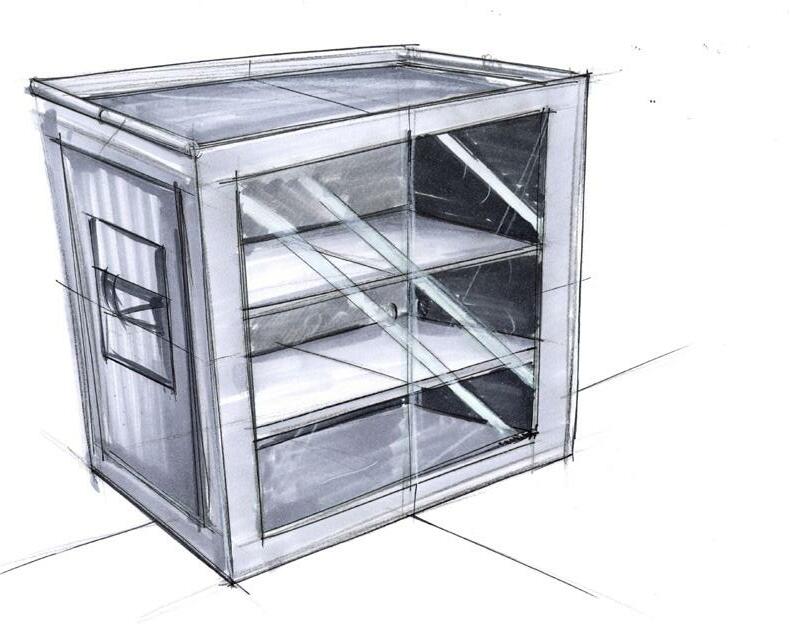
62

63
THE NEIGHBORHOOD BOOKSHARE DIGITAL SKETCH
MOTIVATION
WHAT
In a partnership or an acknowledgment to the Little Free Library system, the carts will be turned into bookkeeping systems.
WHERE
Little Free Libraries cost money to build, because of this they usually end up in the communities that are already well educated. With the structure of the library already in place, the carts can be donated to communities that normally wouldn’t have access to this educational system.
WHY
Delta believes in connecting the world. Connecting the world is about moving people and ideas closer. We believe that to bring the world closer, we must minimize educational gaps. This is the first step.
HOW
Before releasing these carts into the wild, research and testing would be done to make sure the communities will be interested having them and that they don’t already have Little Free Libraries.
WHO
These small libraries will be for communities that don’t have as much access to education.
64


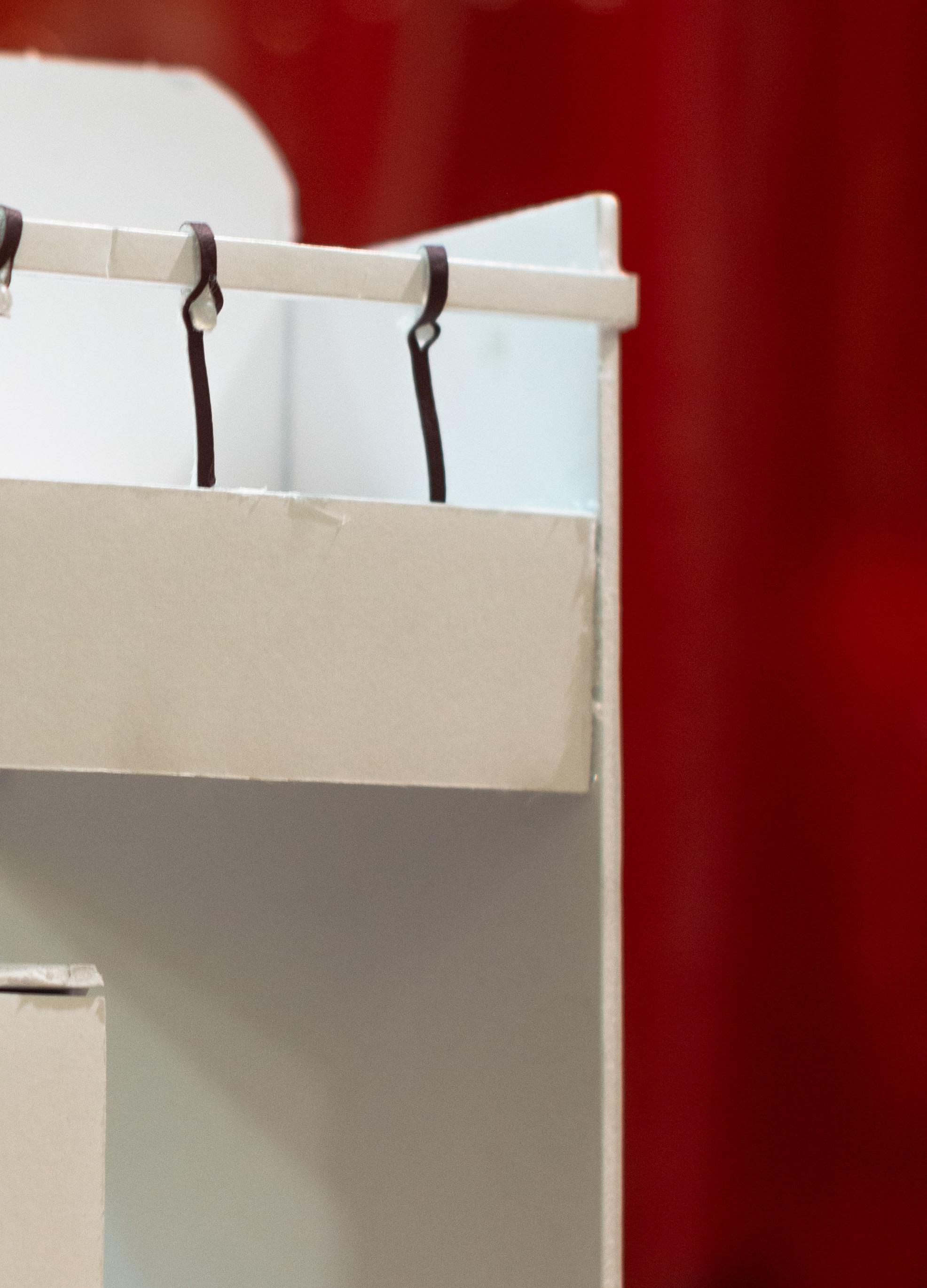
FAMILY CENTER
FAMILY CENTER
DESIGN CRITERIA


HUMAN IMPACT
Delta is family oriented. This strategy opens a dialogue about Delta finding new uses for the carts by supporting families with their travels through their terminals.
ENVIRONMENTAL VALUE
This strategy uses all parts of our carts to create their structure.
BUSINESS MODEL
This partnership with hub airports and use within Delta terminals allows for a larger brand awareness of the sustainability campaign.
68

69
MOTIVATION
WHAT
A family center for use inside the airport terminals to help families keep their children close while getting from point A to point B.
WHERE
In Delta terminals.
WHY
To offer visual representation of Delta’s care for families and their flight community.
HOW
The carts will be able to be picked up outside of security and can be dropped off at their terminal.
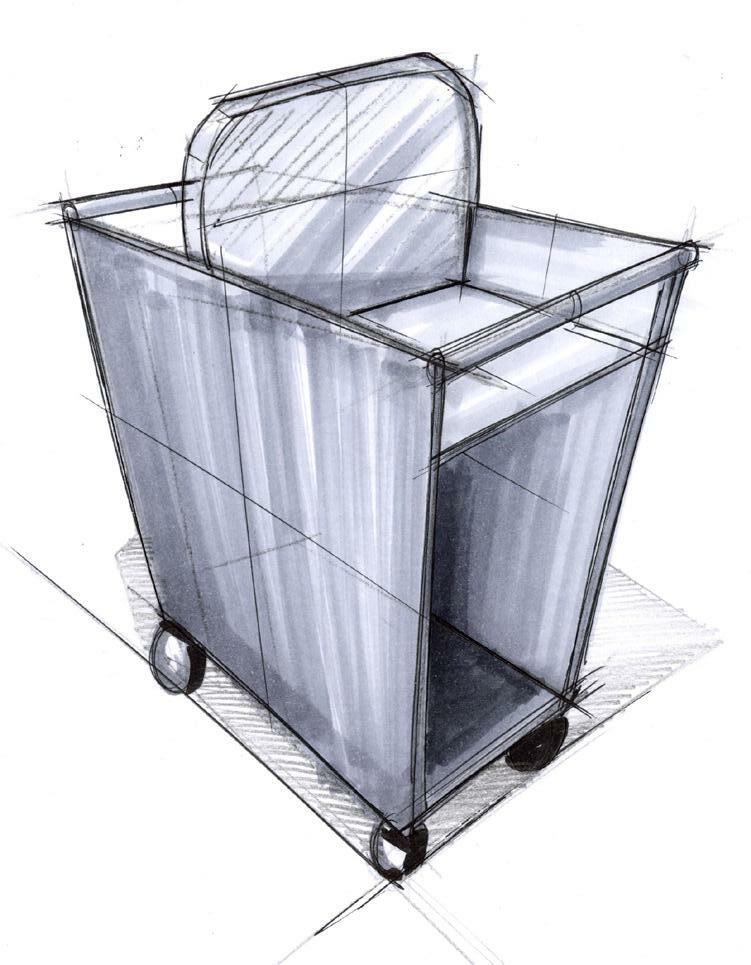
WHO
62% of millennial parents travel with a child under 5 years old.
70

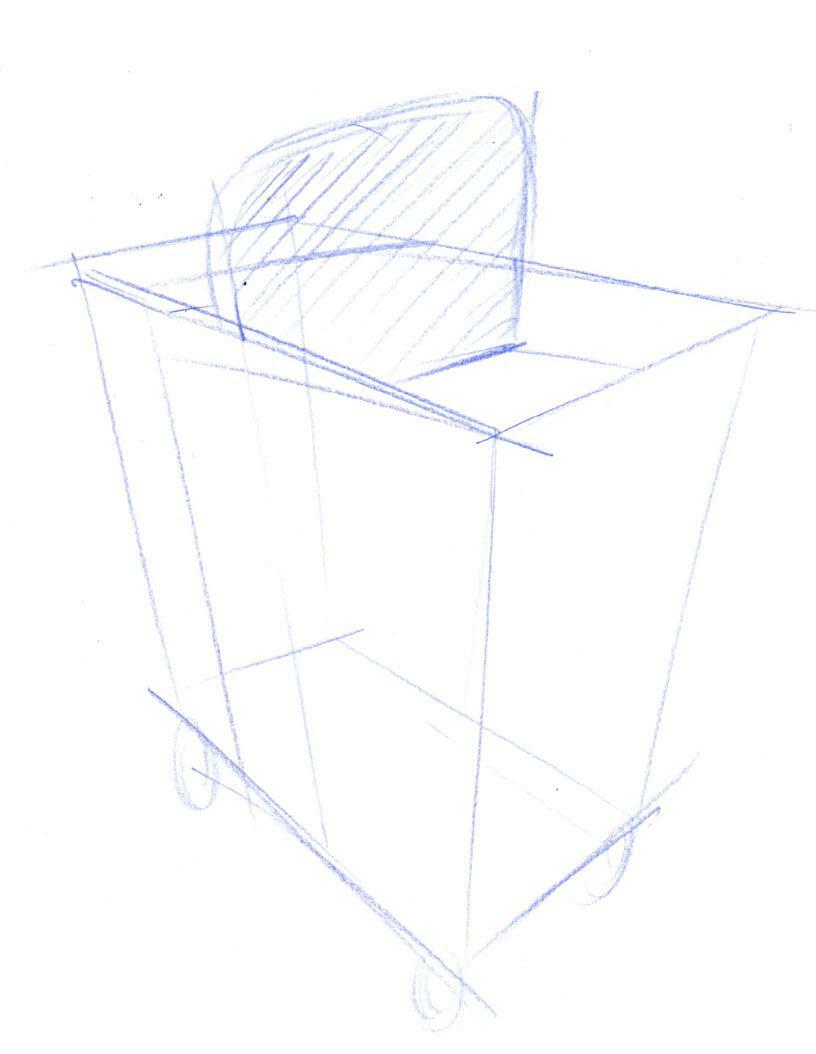
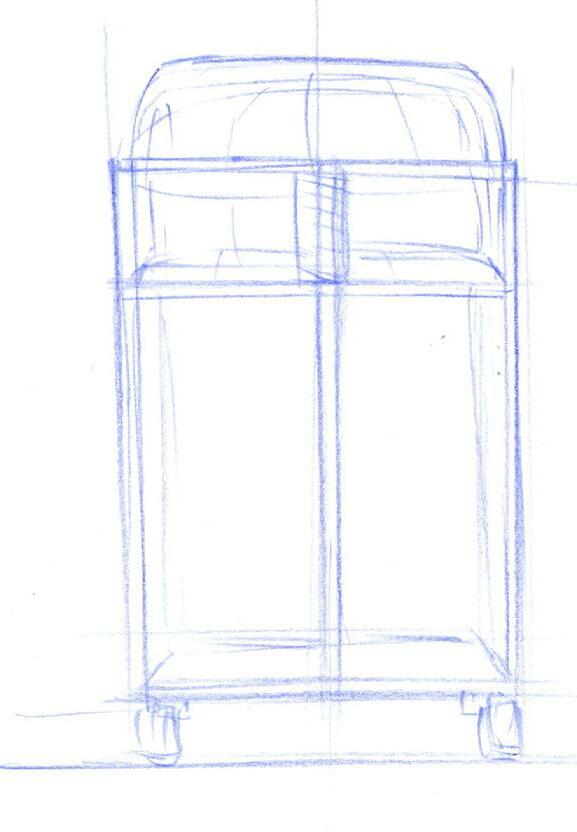
71
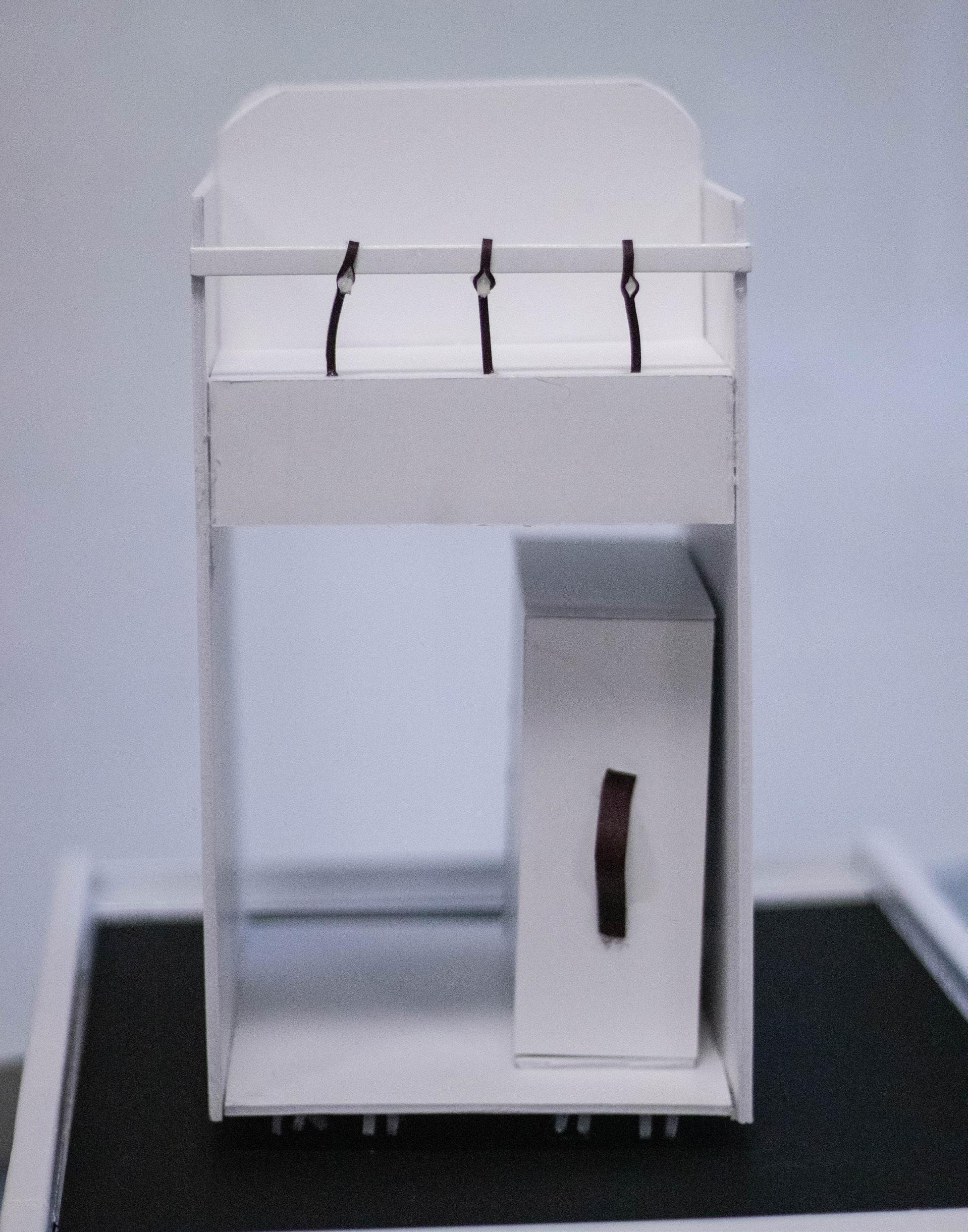

Ecoflight is a platform that educates people about sustainability, provides digitalexperience ofDelta’ssustainable

cart project and current sustainability implementation.

74
APP
HOME PAGE MENU PAGE


75 GAME PAGE ECO-CHALLENE PAGE

COLLABORATIVE LAYOVER
We had the exciting opportunity to reconnect with the sustainability and on-board services innovation team. In a space where no idea was too far reaching, we were able to present and discuss our six strategies.These pitches weremet with an expert dialogue in which we discussed the impact of these strategies on Delta’s travel ribbon,what regenerative power and foodmean for specific localities, the expansion of Delta’s community outreach,and much more.
This hands on, collaborative experience gave the team a multitude of fantastic insights. These insights offered focus for the project moving forward.
77
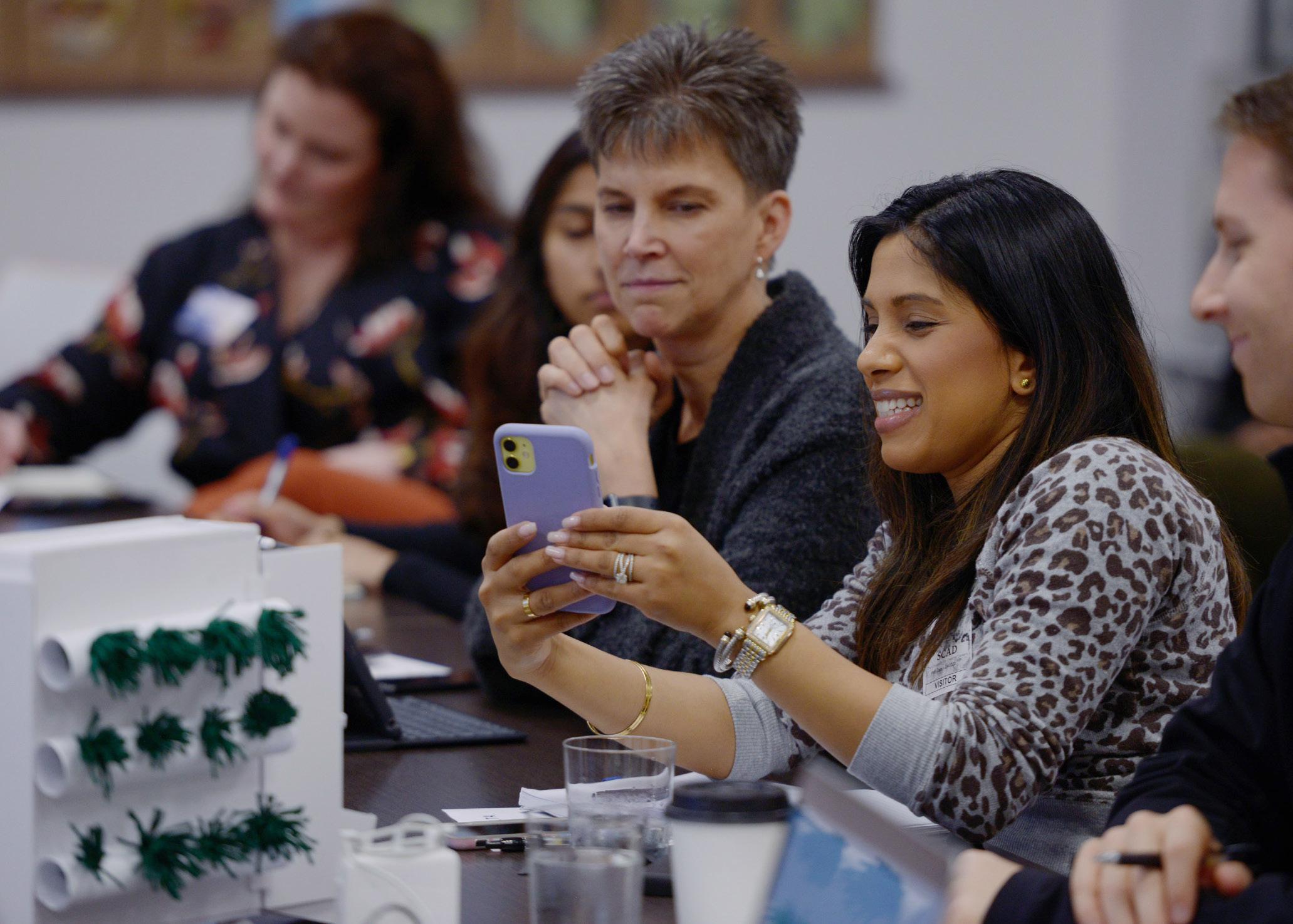

78
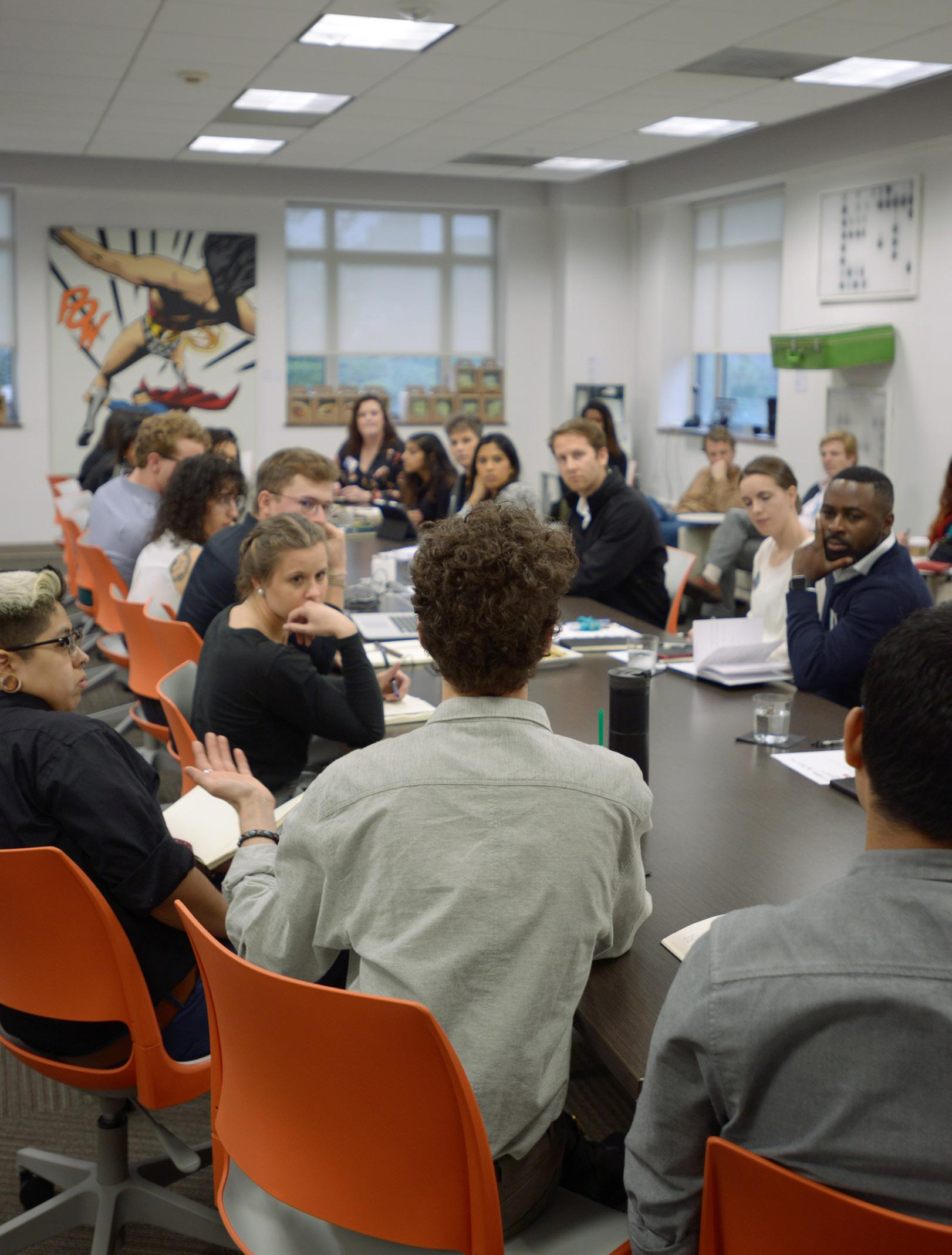
79
ENVIRONMENTAL
• Can we introduce an added environmental value other than just avoiding landfills?
BUSINESS
• Is there anything like this on the market currently?
• Can we partner with NGOs? Where do we draw connections?
• Can these strategies be built out into kits?
TECHNICAL
• We need to focus our resources on a vision.
SOCIAL
• How can we tell our story through these strategies?
• What will a global impact look like?
• How are we engaging with both Delta customers and noncustomers?
80
"
GENERAL INSIGHTS IS THERE ANYTHING ELSE LIKE THIS ON THE MARKET TODAY? "
KEY INSIGHTS
INSIGHTS BY CONCEPT
DEFINING SUSTAINABILITY WIND TURBINE
• How do we tell this story with more than just the visual?
• This pitch could exist (with excitement) in every department and take different forms.
• The turbine both powers and empowers communities.
• What is the true carbon impact in the life cycle of this strategy?
FAMILY CENTER NEIGHBORHOOD BOOKSHARE
• Taking into account the full travel ribbon and using movement activates a lot of possibilities in connecting users.
• How can we make these carts appropriate for carrying children when they've been deemed unfit to carry food and beverage?
• What else could be traded or donated through a context like this?
• How feasible is it to create and maintain 20-30k tiny libraries?
HYDROPONIC GARDEN ECOFLIGHT APP
• This strategy provides opportunities for a variety of partnerships, as well as strengthening current partnerships.
• At what capacity could this reduce the food insecurity crisis?
• Could this become a sustainable replacement for SKY Magazine?
• How many people can we truly reach with this?
81
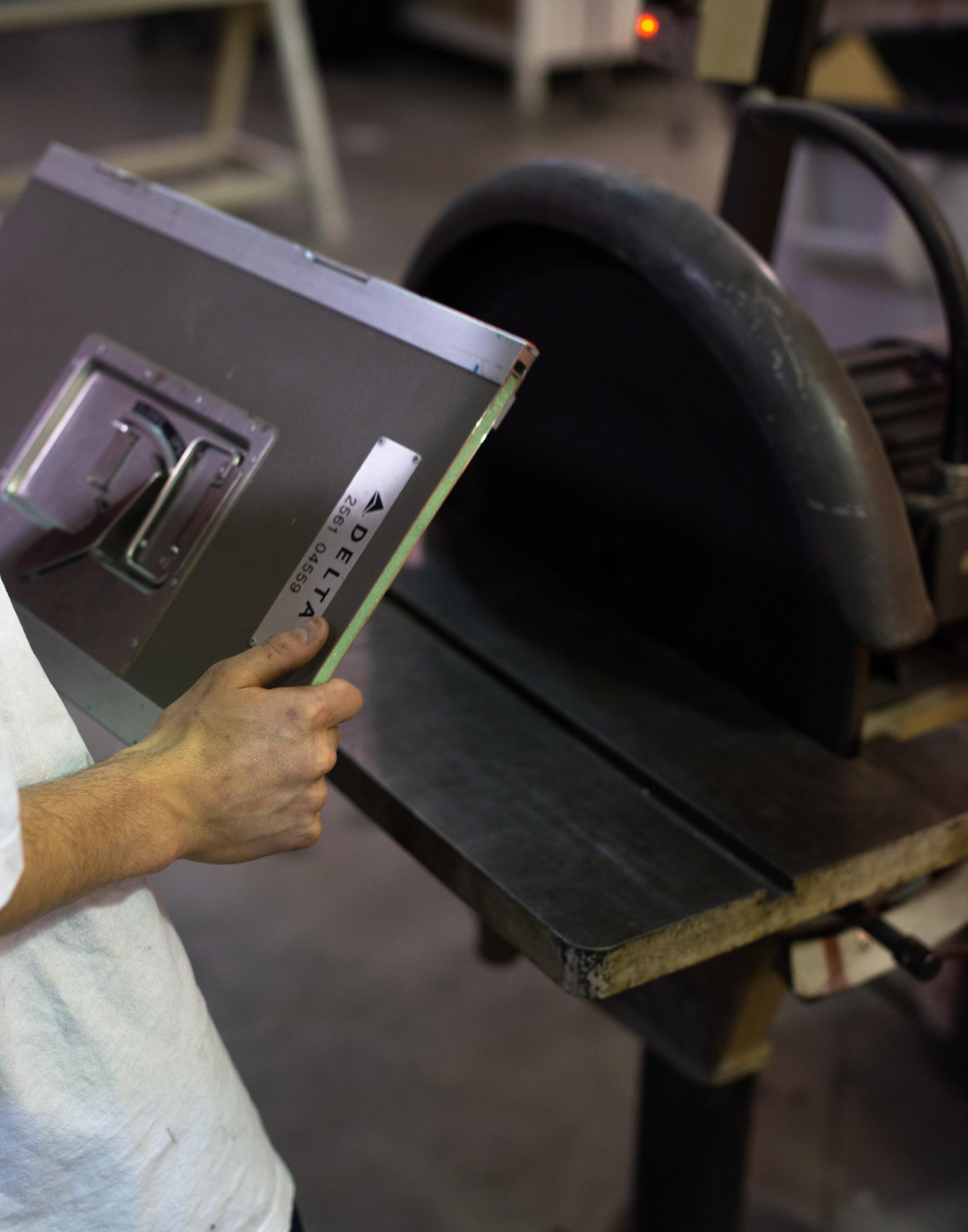
FINAL DESTINATION
The team decided to continue forward with four strategies: the hydroponic garden kit, wind turbine, mobile application, and branded installation. As part of the next iteration of the design process, we used our insights from the collaborative layover to develop new questions for our team to answer.
• Hydroponic Garden • Wind Turbine • App • Installation
83



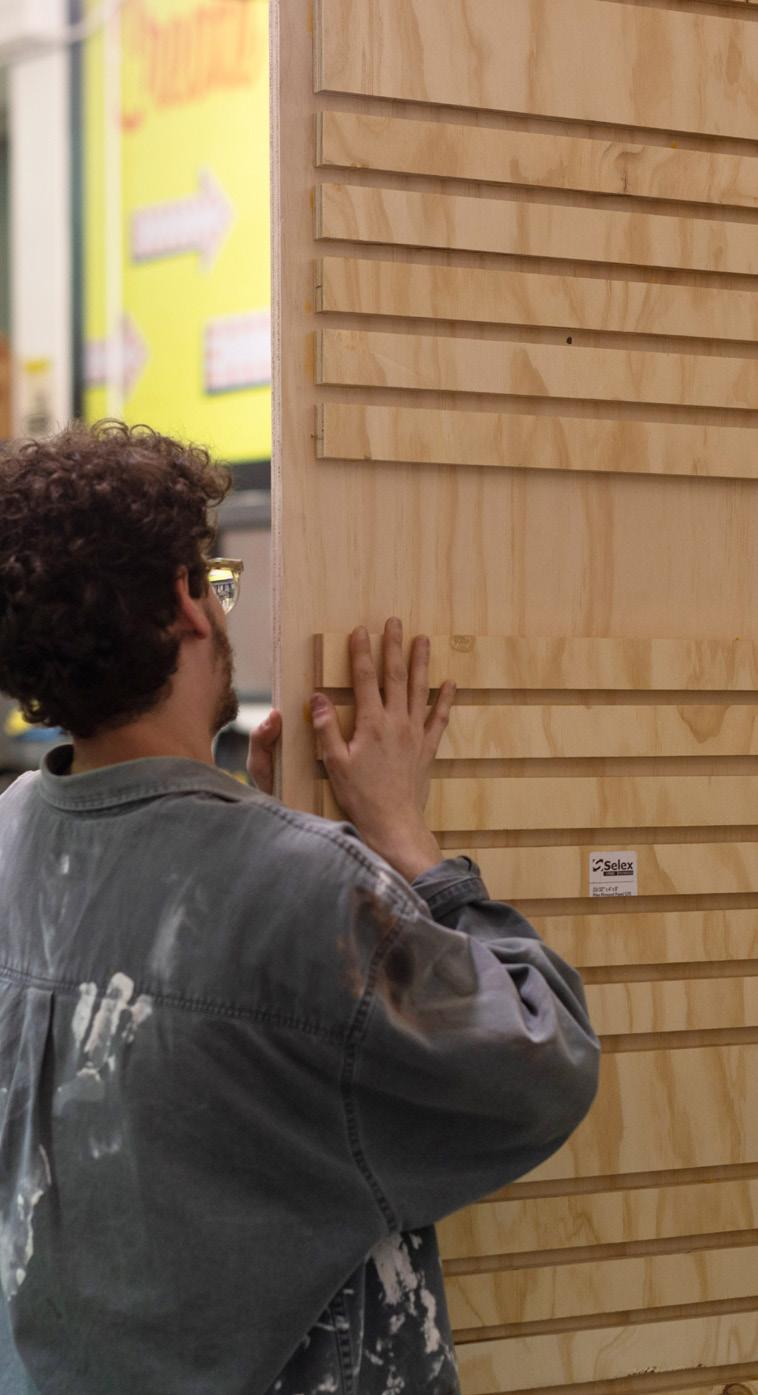
Our team took to digital renderings of our strategies, fabrication of working models, and deeper exploration of each strategy through the business model canvas to develop our chosen strategies further. These designs were expanded beyond their basic functions and evaluated for their Human and Community Impact, Environmental Value, and Business and Industry Value. With our design criteria still in mind, we finalize our concepts with a vision of a sustainable future.


85


GROWING THE DELTA COMMUNITY.
HYDROPONIC GARDEN
Our hydroponic cart has many lives. From the classroom to the community, the home or the office, the versatility of this food and education providing cart is plentiful.

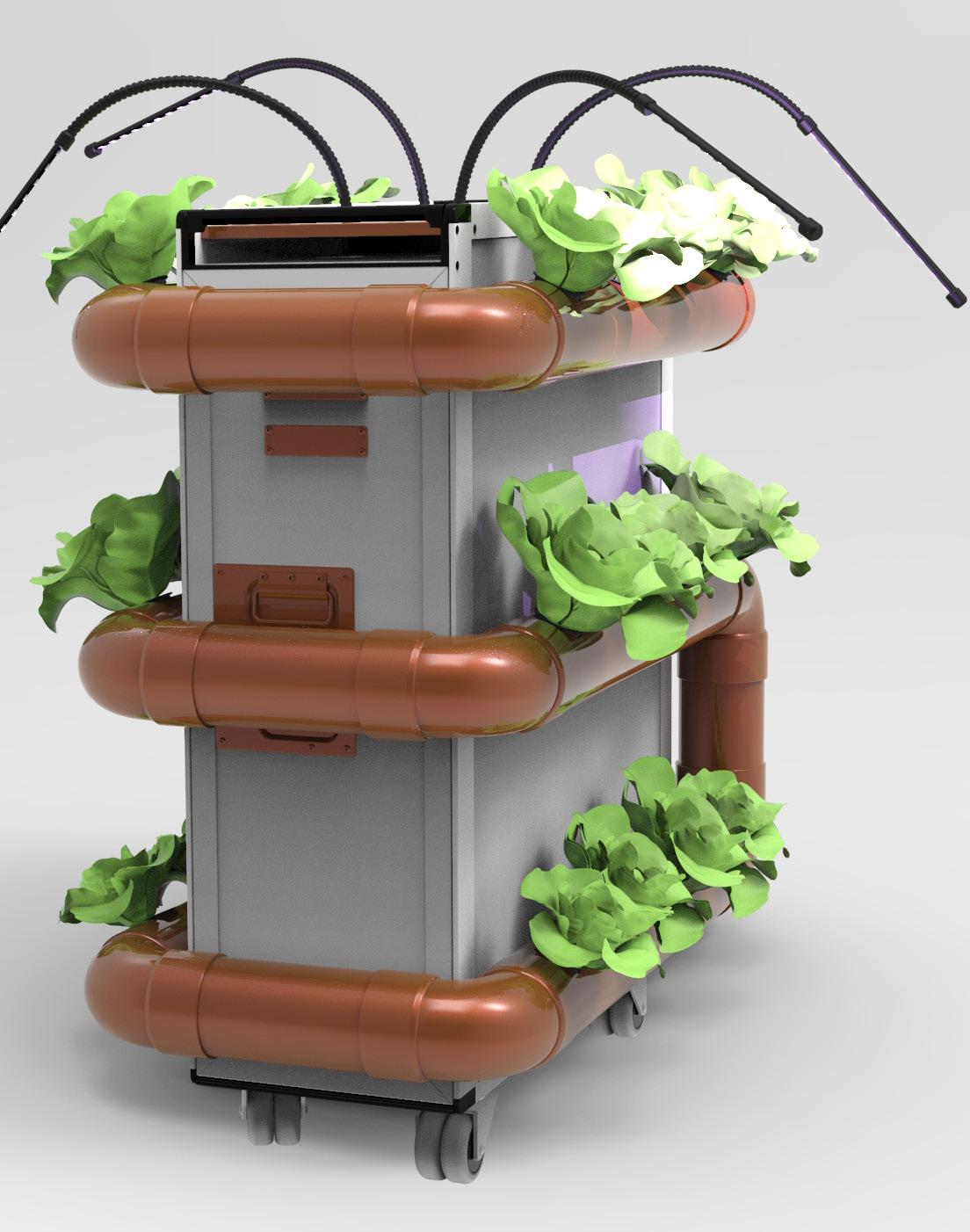
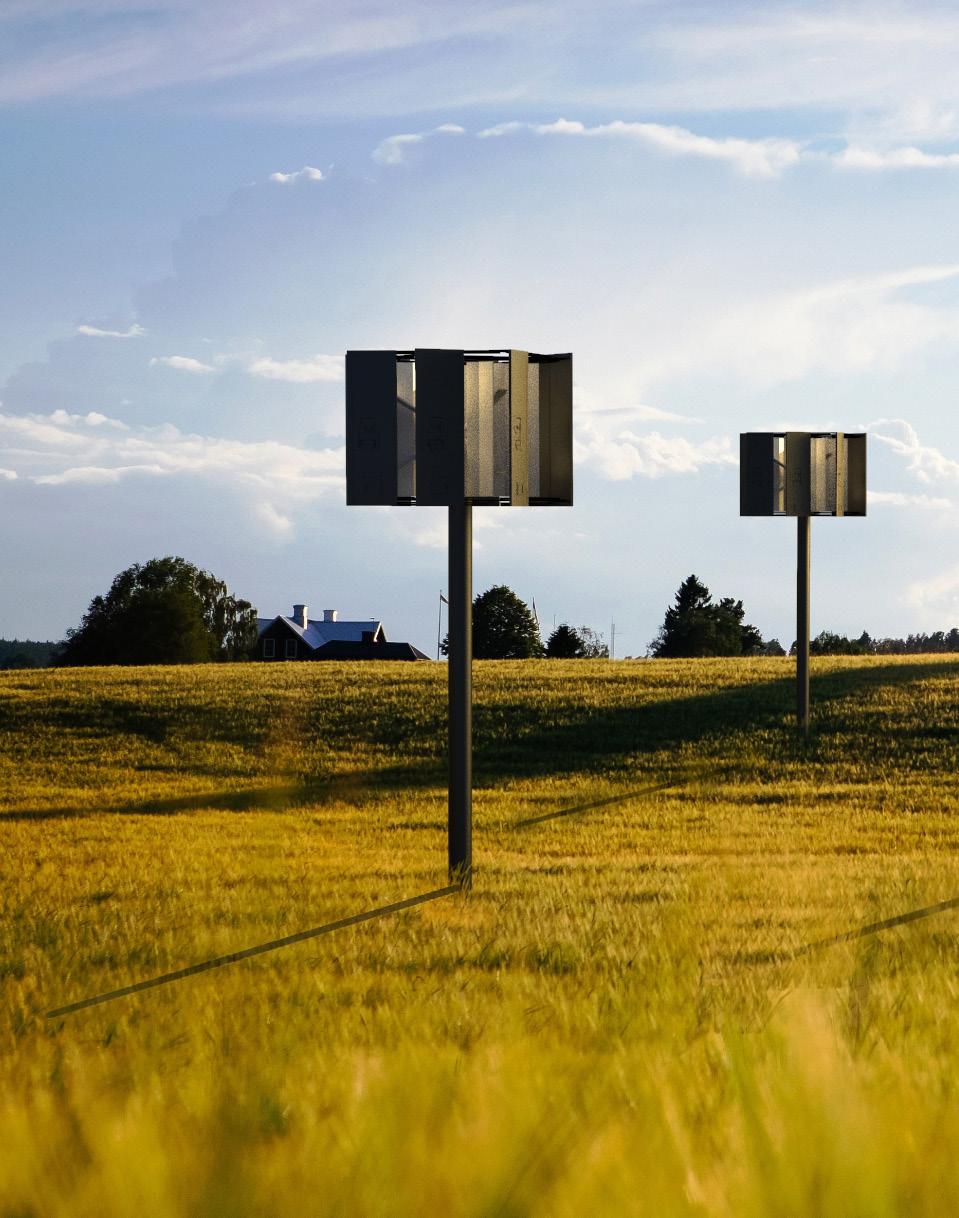

WIND TURBINE
Through the creation of clean energy, our wind turbine provides sustainable power and education in communities.

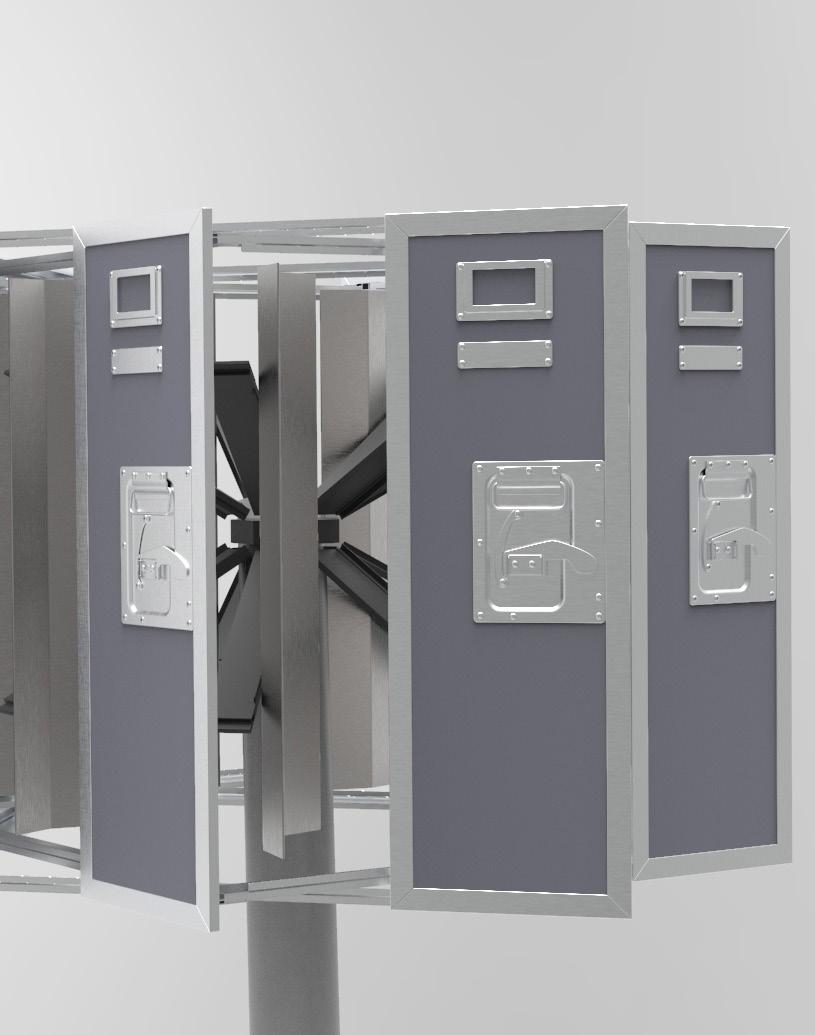

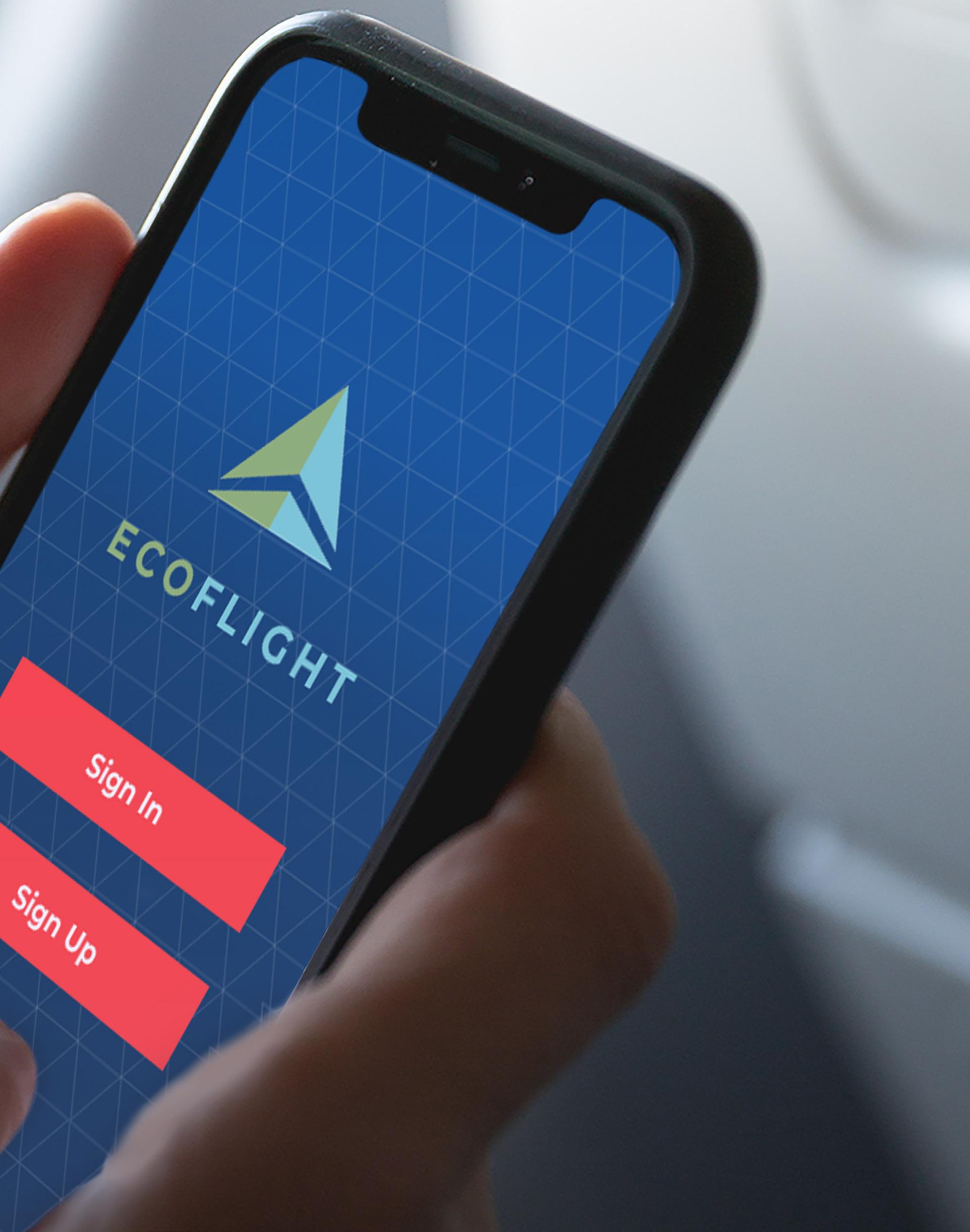
CONNECTING YOU TO A SUSTAINABLE FUTURE.
APPOur app makes sustainability easy, accessible, and entertaining for all users, connecting them to a heightened future with Delta.





98
PAGE SIGN
PAGE SIGN UP PAGE
LANDING
IN



99 MY PROFILE PAGE MENU PAGE ECO EDUCATION PAGE



100 ECO EDUCATION PAGE GAME PAGE INFORMATION PAGE
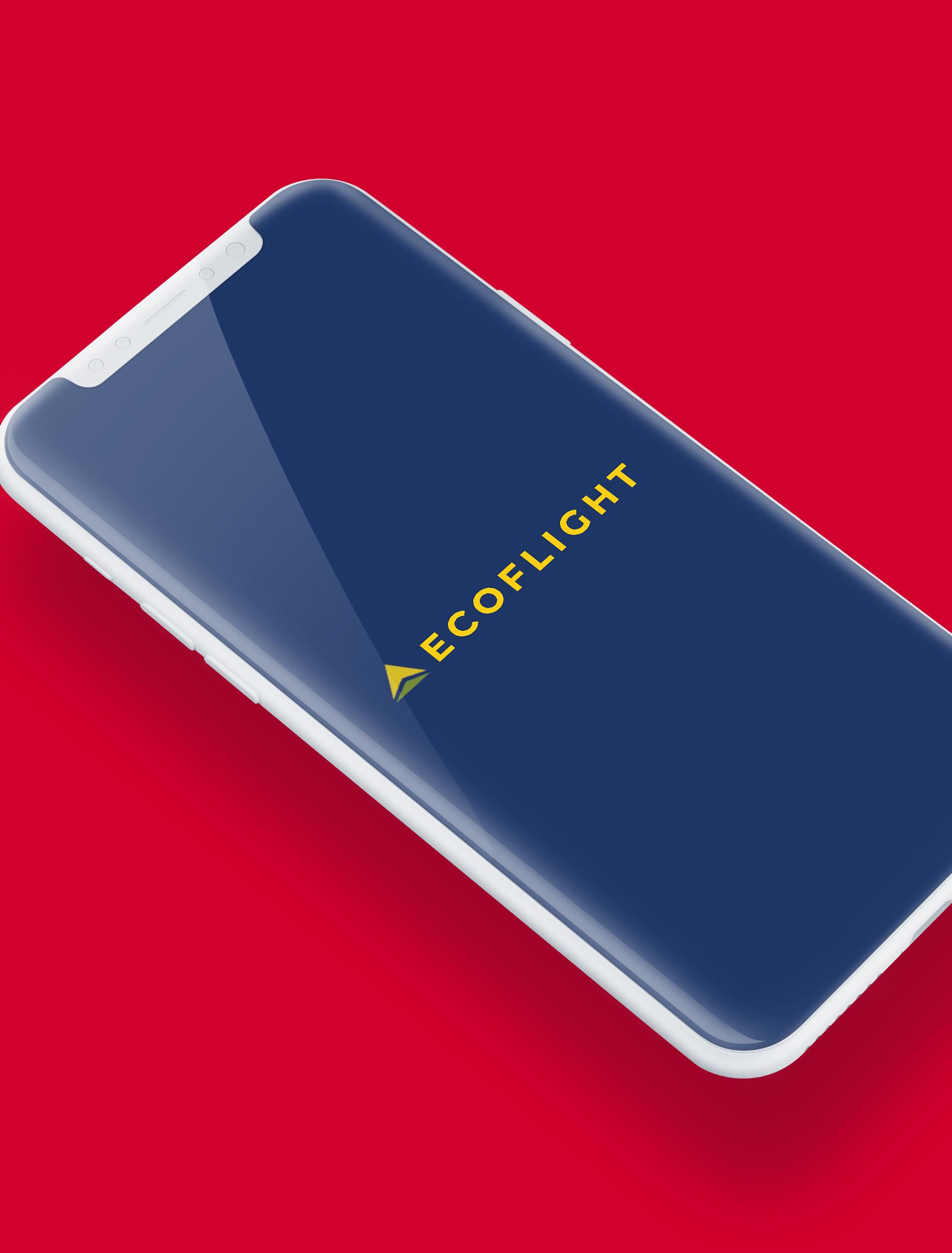
101
DEFINING SUSTAINABILITY, ONE CART AT A TIME.

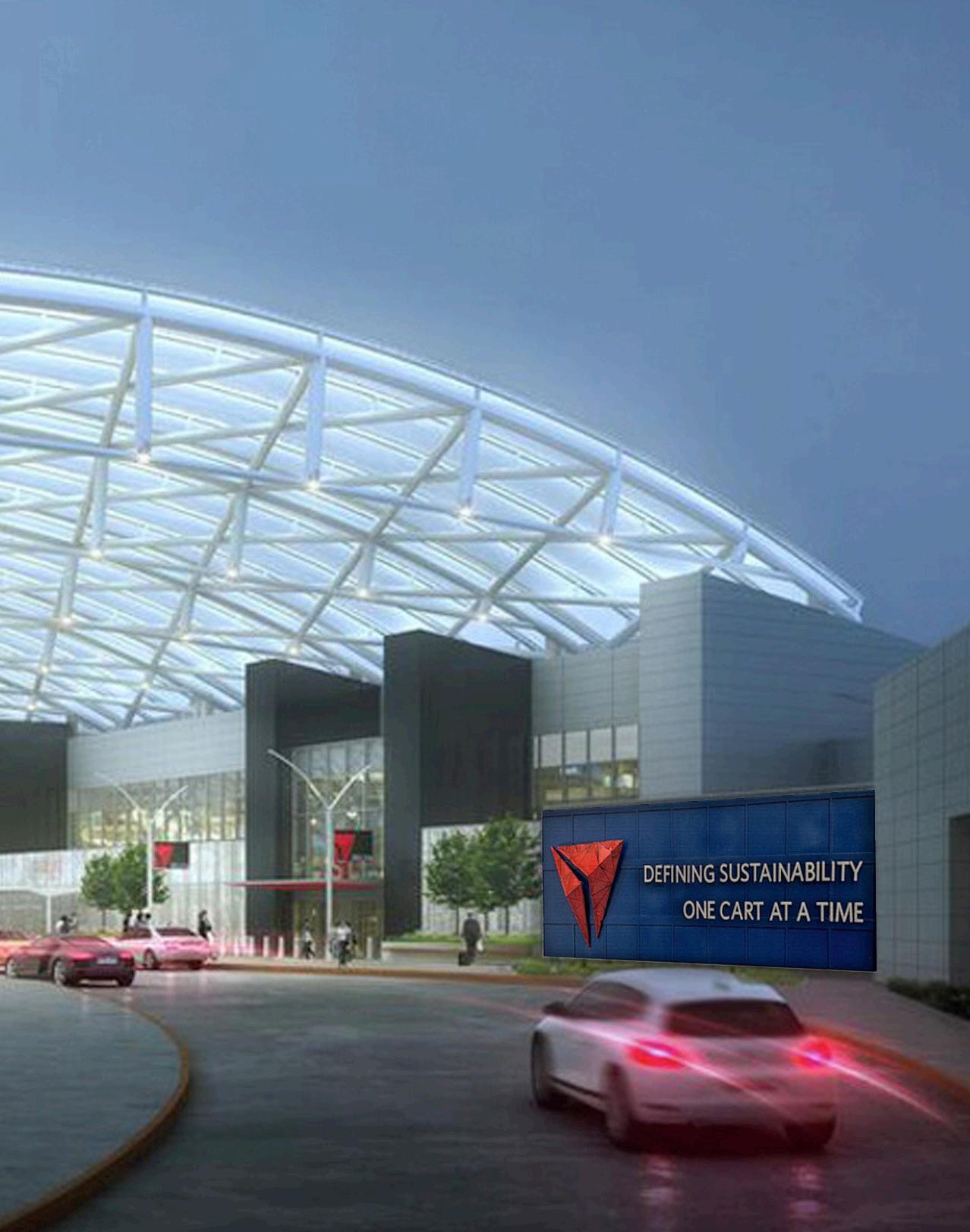



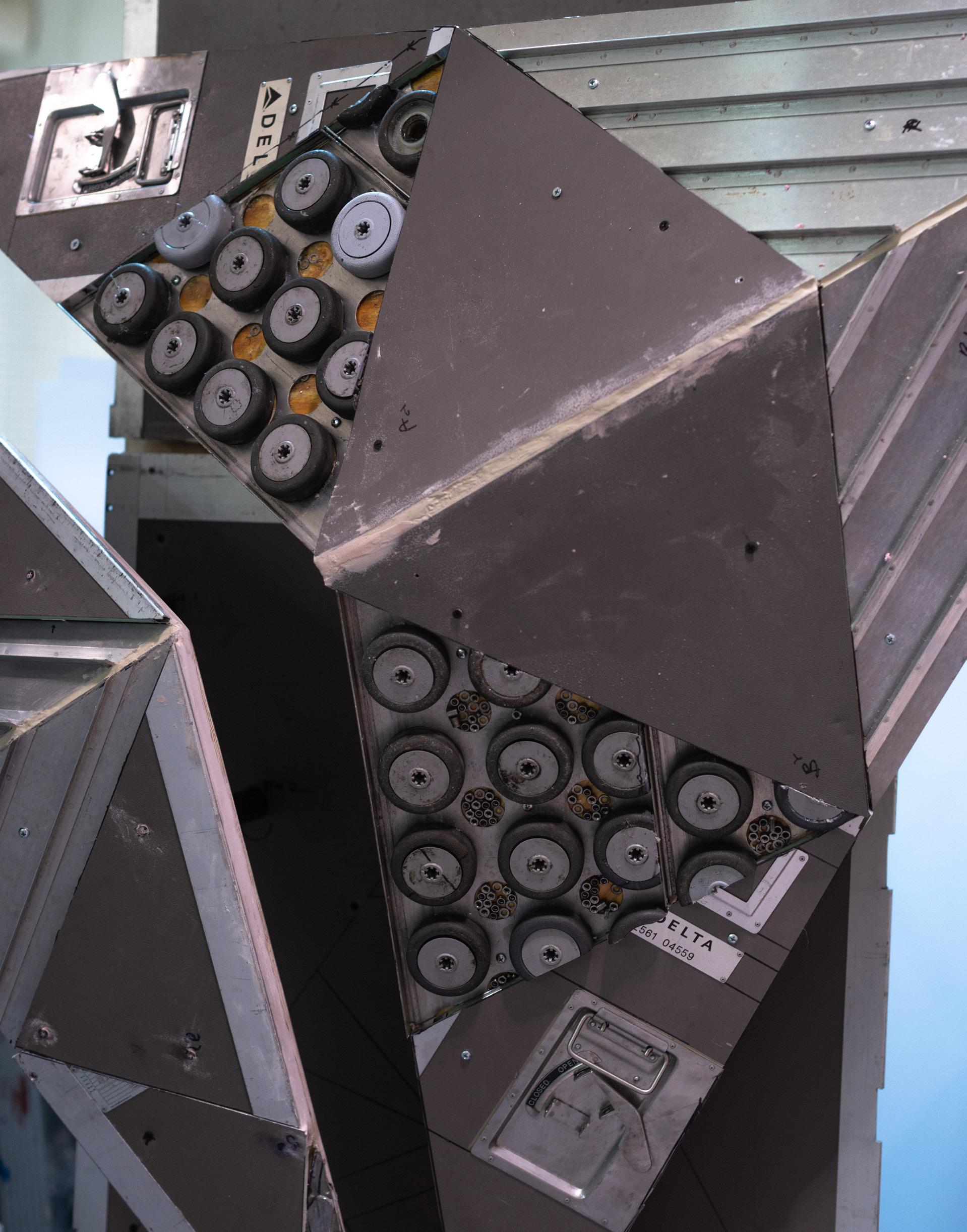
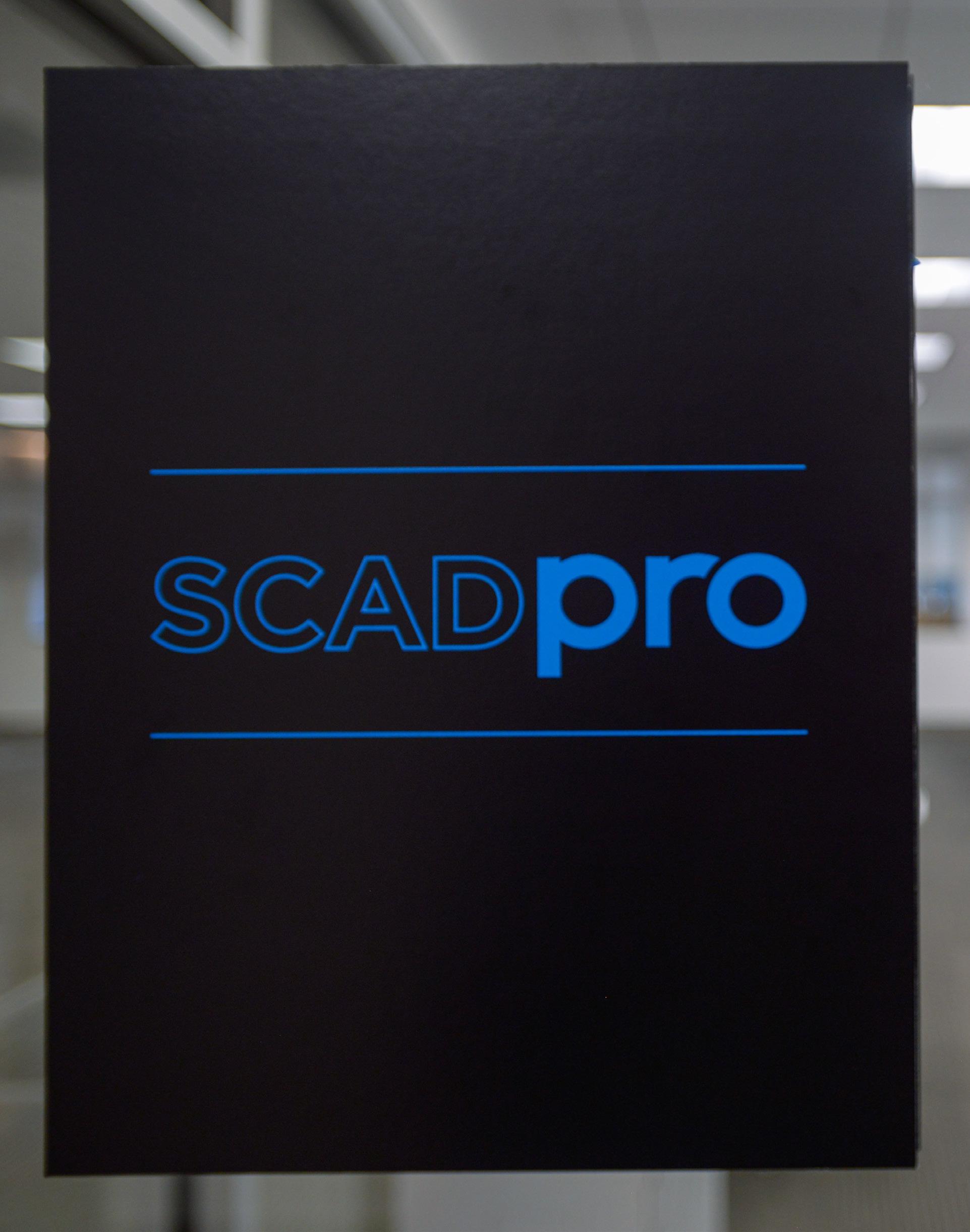
THANK YOU
Thank you to Delta Airlines along with the many collaborators and partners we had throughout our process.
• Delta Airlines
• Caitlin Murphy
• Kelly Kilgore
• Professor Chris Rothermel
• Professor Eduardo Milrud
109
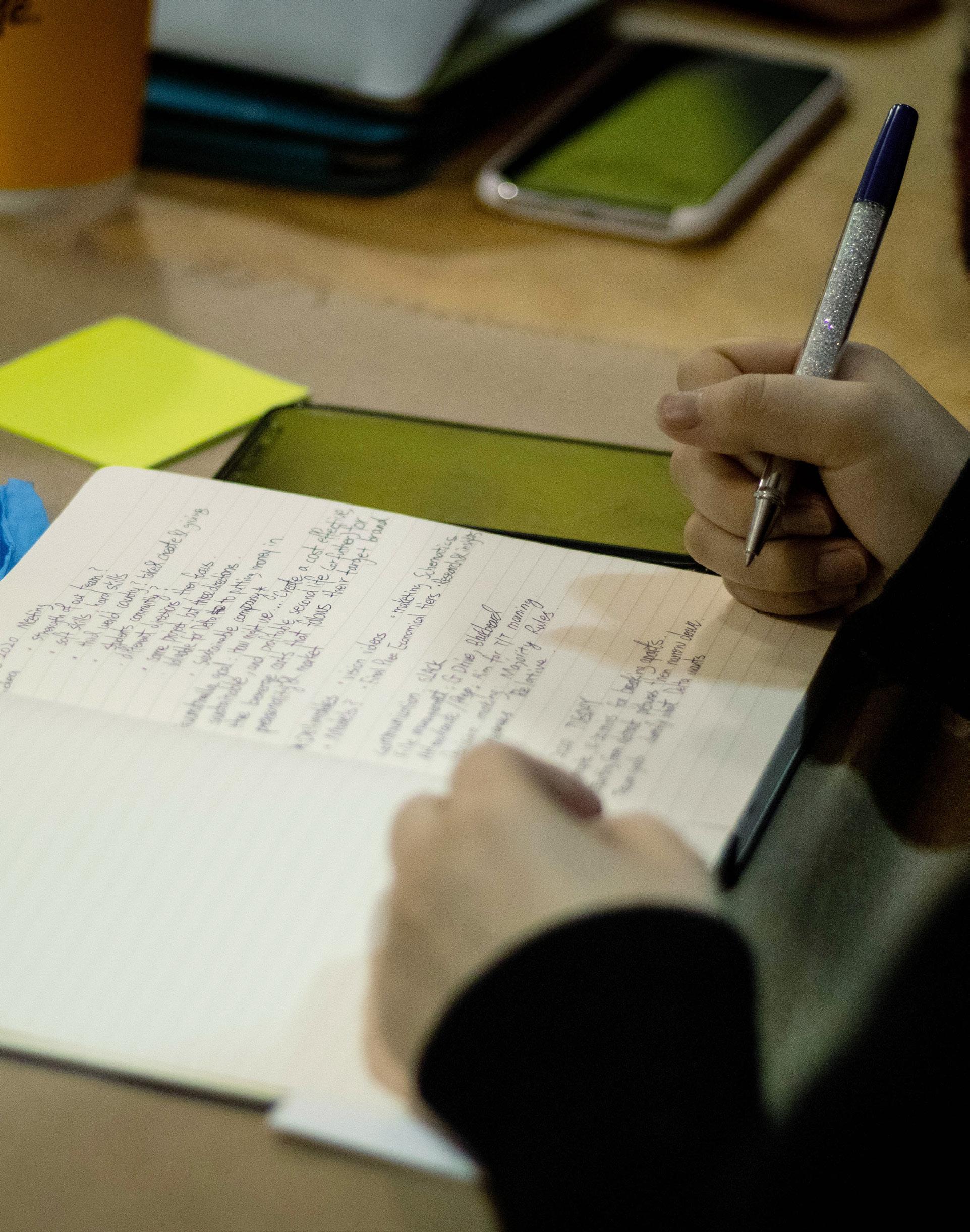
111 • Customer Map • Personas • Business Model Canvas APPENDIX
CONSUMER MAP
DELTA FAN
THIS USER LOVES DELTA BUT IS NOT SUSTAINABILITY FOCUSED.
THIS USER LOVES DELTA AND IS SUSTAINABILTY FOCUSED.
THIS USER IS IMPARTIAL TO DELTA AND IS NOT SUSTAINABILITY FOCUSED.
THIS USER IS IMPARTIAL TO DELTA BUT IS SUSTAINABILITY FOCUSED.
DELTA IMPARTIAL
112
SUSTAINABILITY FOCUSED
NOT
SUSTAINABILITY FOCUSED
FREQUENT FLYER FRANK
CONSUMER SCENERIO | RUSHING IN THE AIRPORT
Frank is always feeling rushed. Today, he has to finish his meetings, catch an uber, and make it through pre-check with enough time to get to his gate. If he is lucky, he will grab a drink or a sandwich. Fortunately, Frank is flying with his favorite airline. He knows that once he is in his seat, Delta has him covered. He is going to enjoy
a meal and a cocktail on the way to Boston and ignore the rest of the world. His flight felt like an escape, but now it’s back to meetings. Even worse, he has to take his bags with him. He wishes he could’ve just stayed in his safe space on the plane.
THE PASSIVE PAT
CONSUMER SCENERIO | VISITING HER BEST FRIEND
Pat is a coaster. She goes with the flow. This is mostly because she feels that making conscious choices means that she is going to have to consciously accept the consequences of those choices as well. She would prefer not to bear that load. Today, she shows up to the gate with just enough time. She doesn’t get in the boarding line because
she knows she already has her seat and doesn’t want to stand when she could be sitting. On the flight, she puts in her music, falls asleep, then wakes up upon landing. She carries on with her day. No further thoughts about flying. Onto the next thing.
THE CONSCIOUS CARLY
CONSUMER SCENERIO | TRAVELING WITH HER FAMILY
Carly has been a flight attendant for 13 years. She is a vocal advocate for her work community, as well as her childrens’ sports and school communities. Her older son is in high school and her younger child is in kindergarten. Today, she rushed them to the airport after packing the whole family for vacation. After a difficult process of getting a
large family through the airport, she sits at the terminal, relieved. She knows Delta cares about her family, and their flight will have plenty of entertainment for everyone. Upon touchdown - with a wonderful flight to rest - Carly is ready for vacation.
SUSTAINABLE SASCHA
CONSUMER SCENERIO | NEW FARM
Sean is headed out of the country to backpack Europe. Though he has never been, he holds a lot of admiration for the European way of life. He doesn’t believe that the U.S. is working as hard to be on par with the sustainability of some of the European countries. He is especially excited to travel by bike and train whenever possible. Sean took the MARTA to the airport. The airport and airplane culture especially disappoints him. He is shocked by the number of flights
taxiing onto the runway at any given time. He sees trucks full of food transferring on to planes. Where does that food end up? He wonders. He hates to be a part of it, but in this situation, it is his only choice. When he touches down in Europe, he vows to find a way to be a part of the solution and not the problem. He plans to spend his European trek discovering new ways to offset his carbon footprint.
113
WIND TURBINE
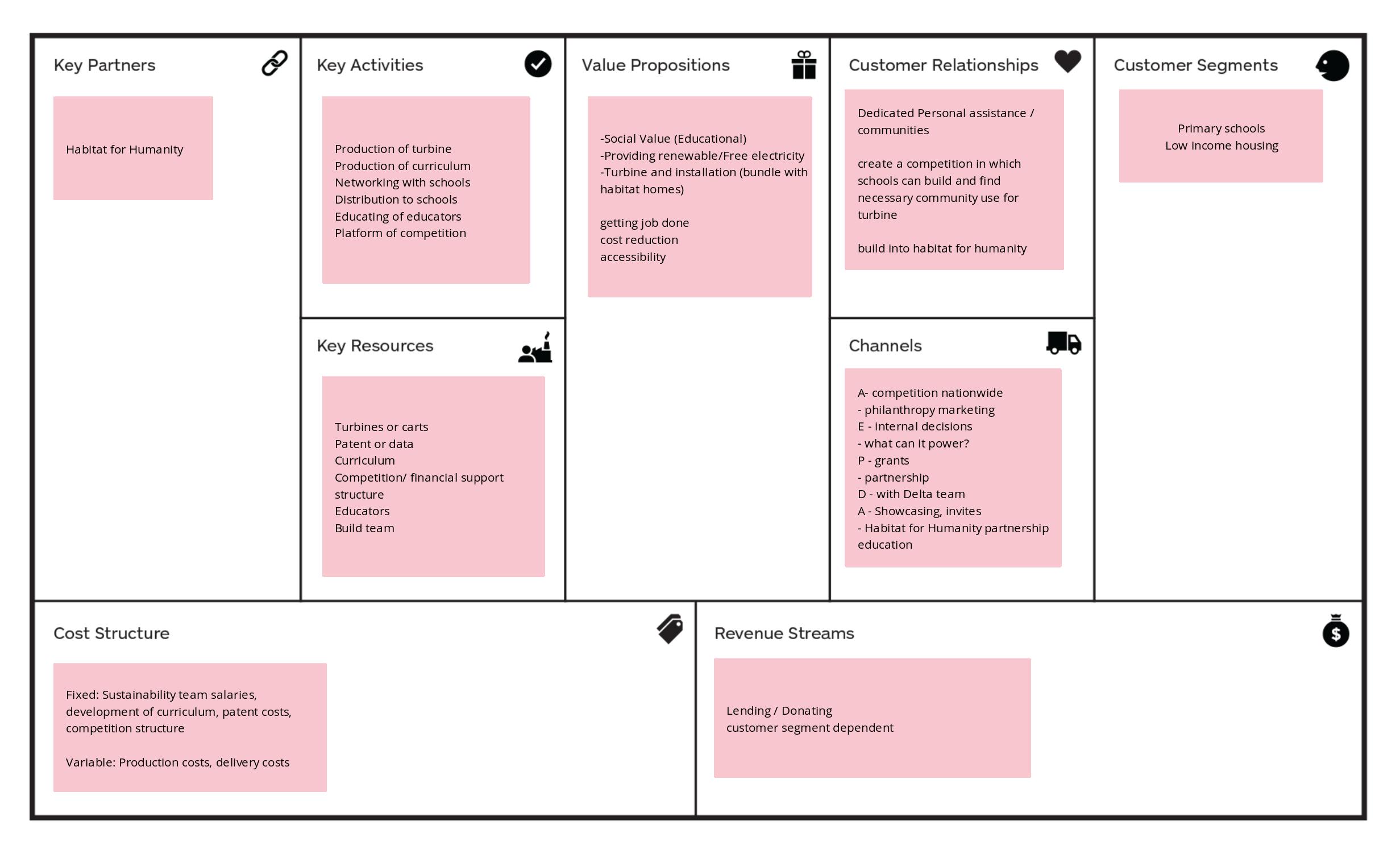

114
HYDROPONIC GARDEN
DEFINING SUSTAINABILITY


115 APP
BIBLIOGRAPHY
• “5 Benefits of Using Charcoal Water Filters.” Five of the Many Benefits Charcoal Water Filters Provide, www. waterfiltersfast.com/5-Benefits-of-UsingCharcoal-Water-Filters_b_64.html.
• “6 Benefits of Becoming a Sustainable Business.” Environment + Energy Leader, 24 Mar. 2016, www.environmentalleader. com/2016/03/6-benefits-of-becoming-asustainable-business/.
• Brady, Kevin. “What Makes a Sustainable Product?” GreenBiz, GreenBiz Group Inc., 20 June 2016, www.greenbiz. com/article/what-makes-sustainableproduct-0.
• “Carbon Block Water Filter Buyer's Guide.” Carbon Block Technology, www. carbonblocktech.com/carbon-filterbuyer-guide/.
• About the author(s) Sheila Bonini is a consultant in McKinsey’s Silicon Valley office; Stephan Görner. “The Business of Sustainability.” McKinsey & Company, www.mckinsey.com/business-functions/ sustainability/our-insights/the-businessof-sustainability-mckinsey-globalsurvey-results.
• Barbosa, Guilherme Lages, et al. “Comparison of Land, Water, and Energy Requirements of Lettuce Grown Using Hydroponic vs. Conventional Agricultural Methods.” International Journal of Environmental Research and Public Health, MDPI, 16 June 2015, www.ncbi. nlm.nih.gov/pmc/articles/PMC4483736/.
• “Carbon Filtration: What It Does, What It Doesn't.” Carbon Filtration: What It Does, What It Doesn't – Pure Water Products, LLC, www.purewaterproducts. com/articles/carbon.
• “Clean Water Action: Action for Clean Water Since 1972.” Clean Water Action | Action for Clean Water Since 1972, www. cleanwateraction.org/.
• “Clean Water Action: Action for Clean Water Since 1972.” Clean Water Action | Action for Clean Water Since 1972, www. cleanwateraction.org/.
• “Cost of Home.” Cost of Home, www.habitat .org/costofhome?keyword=promo2--home.
116
• Dahl, Timothy. “How to Build a French Cleat Shelf to Hold Virtually Anything.” Popular Mechanics, Popular Mechanics, 5 Nov. 2018, www.popularmechanics. com/home/how-to-plans/how-to/ g2340/how-to-build-a-french-cleatshelf/.
• “Delta Logos & Brand Guidelines.” Delta News Hub, news.delta.com/delta-logosbrand-guidelines.
• “How Much Does It Cost to Install a Whole House Water Filter in a Boise Home?” Perfect Plumbing Heating & Air, perfectplumbingheatingair.com/helpguides/buyers/how-much-does-it-costto-install-a-whole-house-water-filter-ina-boise-home.
• “Delta's History: From Dusting Crops to Connecting the World.” Delta News Hub, news.delta.com/deltas-history-dustingcrops-connecting-world.
• DeSoto, Hannah. “Emrgy Inc Home.” Emrgy Inc, Hannah DeSoto Https://Emrgy.com/Wp-Content/ Uploads/2017/10/Logo-Trans-300x138. Png, 12 Feb. 2020, emrgy.com/.
• “Emission Credits.” Element Markets, elementmarkets.com/emission-credits/? gclid=CjwKCAiAgqDxBRBTEiwA59eEN1JG ruDSr4z_AhsYRdYsOEtfEaAi2_3g6d0lPXlmF7Gzq6vkfFF8xoCwjsQAvD_BwE.
• “Jaden Smith Launches Water Box to Aid with the Flint Water Crisis.” Inhabitat Green Design Innovation Architecture Green Building, inhabitat.com/jadensmith-launches-water-box-to-aid-withthe-flint-water-crisis/.
• Kumar, Vijay. “101 Design Methods: a Structured Approach for Driving Innovation in Your Organization.” Amazon, Wiley, 2013, www.amazon. com/101-Design-Methods-StructuredOrganization/dp/1118083466/ref=asc_df _1118083466/?tag=&linkCode=df0&hva did=312045580796&hvpos=&hvnetw=g &hvrand=5420767686542066364&hvpo ne=&hvptwo=&hvqmt=&hvdev=c&hvdvc mdl=&hvlocint.
• Linton, Bryce. “How to Maintain a Reverse Osmosis System.” Watertech, 15
117
Dec. 2016, blog.watertech.com/how-tomaintain-a-reverse-osmosis-system/.
• “Log In.” Strategyzer, platform. strategyzer.com/resources. Marshall, Kimberly. “Ion Exchange vs. Reverse Osmosis: Choosing the Best Treatment System for Your Needs.” Samco Tech, 25 June 2018, www. samcotech.com/ion-exchange-vsreverse-osmosis-choosing-besttreatment-system-needs/.
• Ogden Publications, Inc. “DIY Wind Turbine - Renewable Energy.” Mother Earth News, www.motherearthnews. com/renewable-energy/wind-energy/ diy-wind-turbine-zm0z17amz.
• Olivia Norfolk Lecturer in Conservation Ecology. “Keeping Honeybees Doesn't Save Bees – or the Environment.” The Conversation, 9 July 2019, theconversation.com/keepinghoneybees-doesnt-save-bees-or-theenvironment-102931.
• “Onboard Experience.” Responsibility Reports : Delta Air Lines, www.delta.
com/content/www/en_US/about-delta/ corporate-responsibility/responsibility. html.
• “Onboard Experience.” Sustainability : Delta Air Lines, www.delta.com/us/en/ about-delta/sustainability.
• “Onboard Experience.” Sustainability : Delta Air Lines, www.delta.com/us/en/ about-delta/sustainability.
• “Onboard Experience.” Sustainability : Delta Air Lines, www.delta.com/us/en/ about-delta/sustainability.
• “Our Current View of the World's Most Pressing Problems.” 80,000 Hours, 80000hours.org/problem-profiles/.
• “The Piloting Process.” Anji Play, www. anjiplay.com/piloting.
• Reid, Kathryn. “Global Water Crisis: Facts, FAQs, and How to Help.”World Vision, 6Jan. 2020, www.worldvision.org/clean-waternews-stories/global-water-crisis-facts.
• Shepherd, Jessica. “70 Million Children Get No Education, Says Report.” The
118
Guardian, Guardian News and Media, 20 Sept. 2010, www.theguardian.com/ education/2010/sep/20/70m-get-noeducation.
• “Sustainability Trends Brands Can Expect in 2020.” Food for Thought - CMO Australia, 3 Oct. 2017, www.cmo.com. au/blog/food-thought/2020/01/14/ sustainability-trends-brands-can-expectin-2020/.
• “UNDERSTANDING RO WATER FILTRATION & PURIFICATION.” ESPWaterProducts. com, www.espwaterproducts.com/ understanding-ro/.
•
“UNDERSTANDING RO WATER FILTRATION & PURIFICATION.” ESPWaterProducts. com, www.espwaterproducts.com/ understanding-ro/.
• “What Is a Scale?” What Is a Scale? | Virtual Nerd, virtualnerd.com/middlemath/ratios-proportions-percent/scaledrawings-models/scale-definition.
• Wiblin, Robert. “How Can You Figure out Which Global Problem Is Most Pressing?”
80,000 Hours, 1 Oct. 2019, 80000hours. org/articles/problem-framework/.
• Woodard, John. “Activated Carbon Filters 101.” Fresh Water Systems, www. freshwatersystems.com/blogs/blog/ activated-carbon-filters-101.
119
120











































































































































